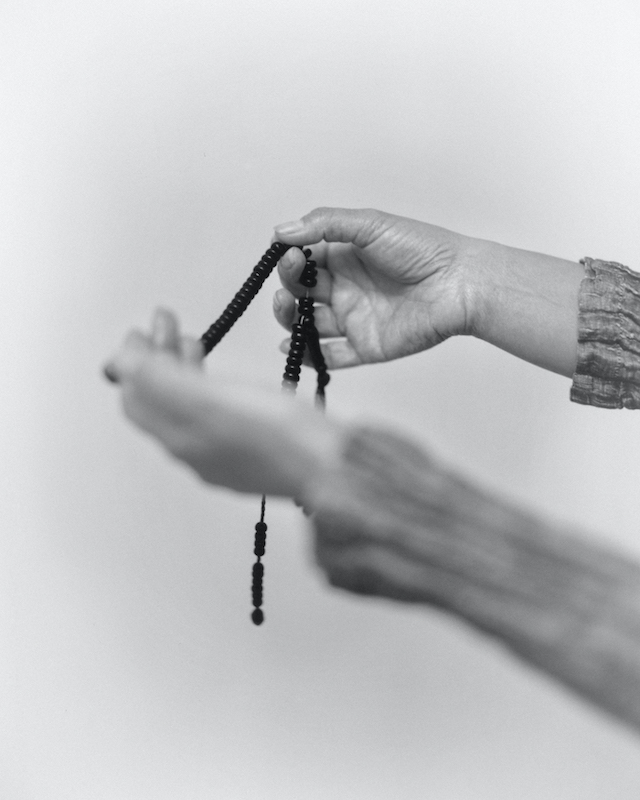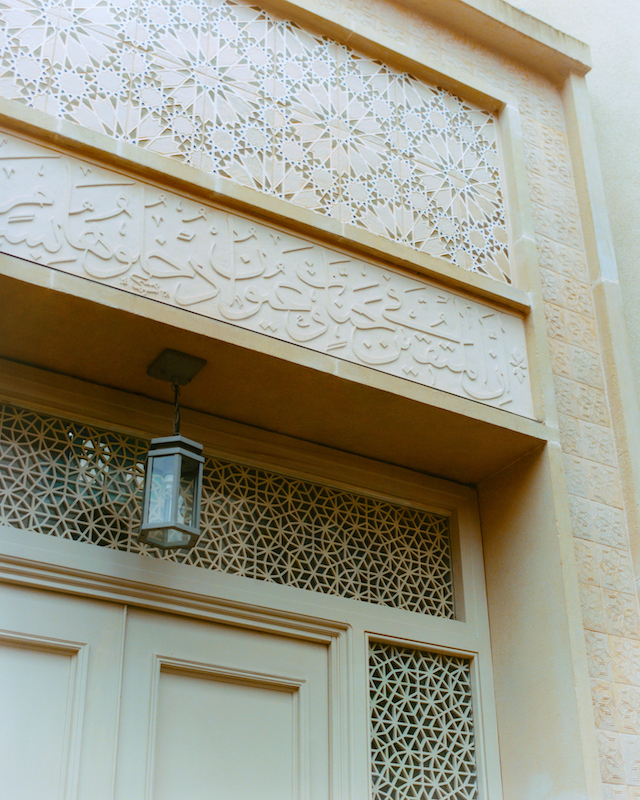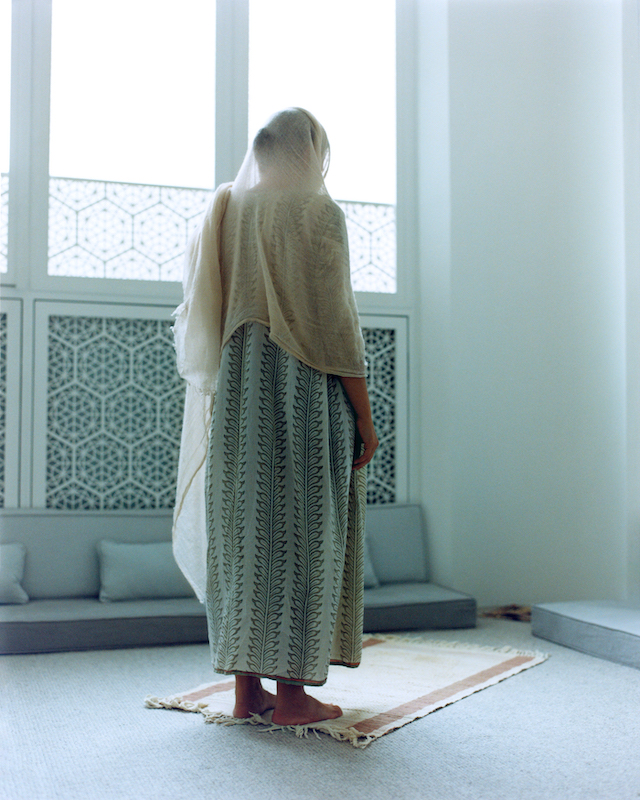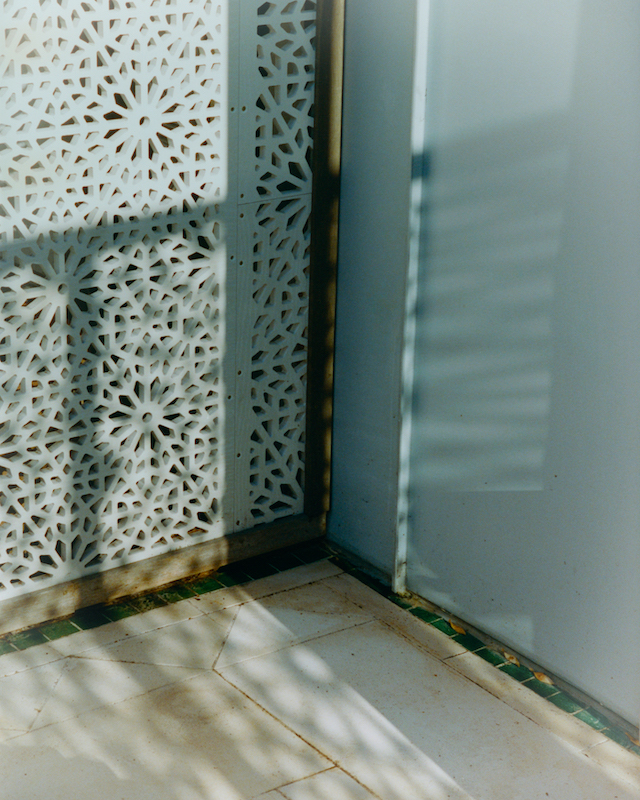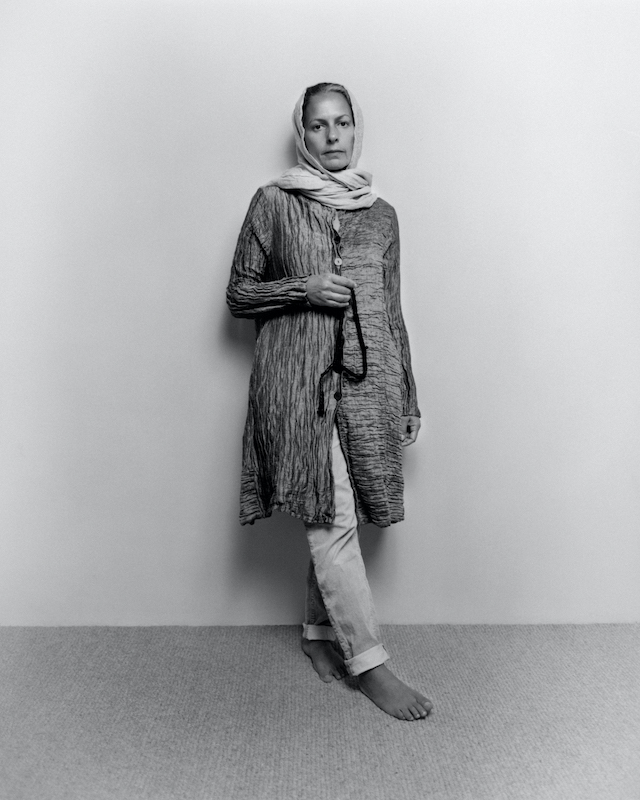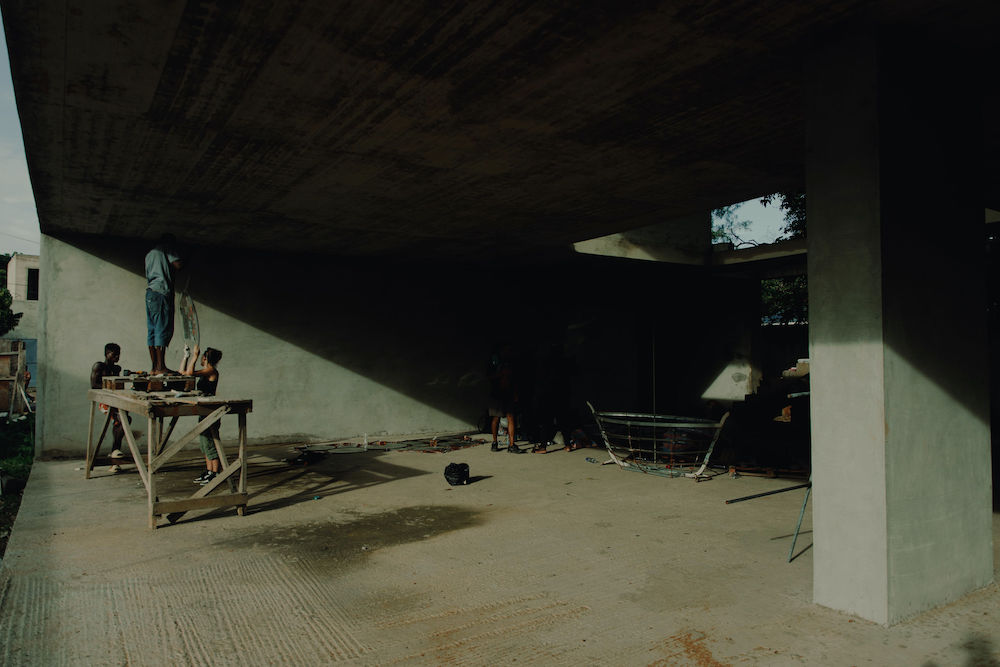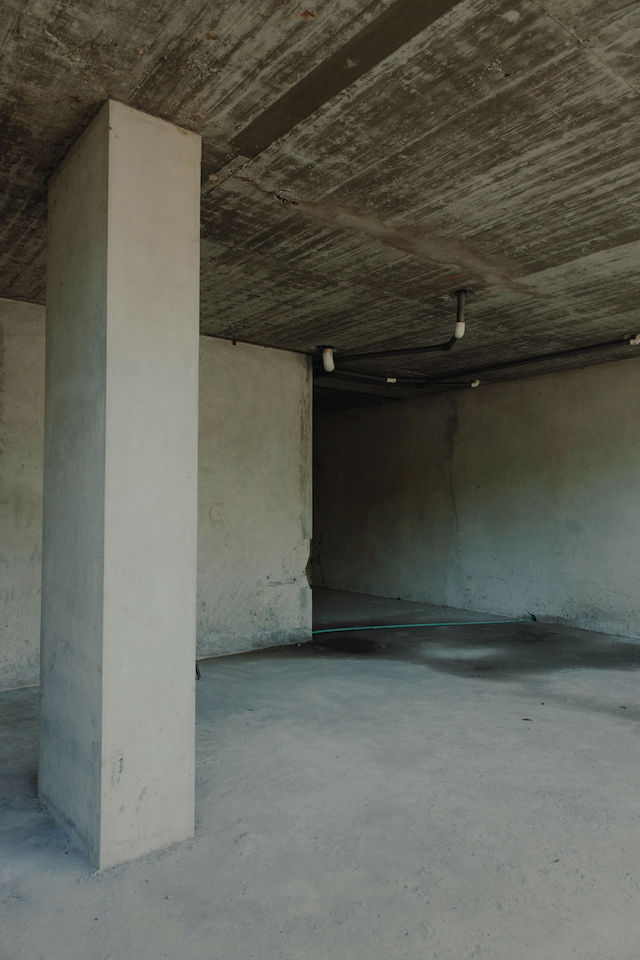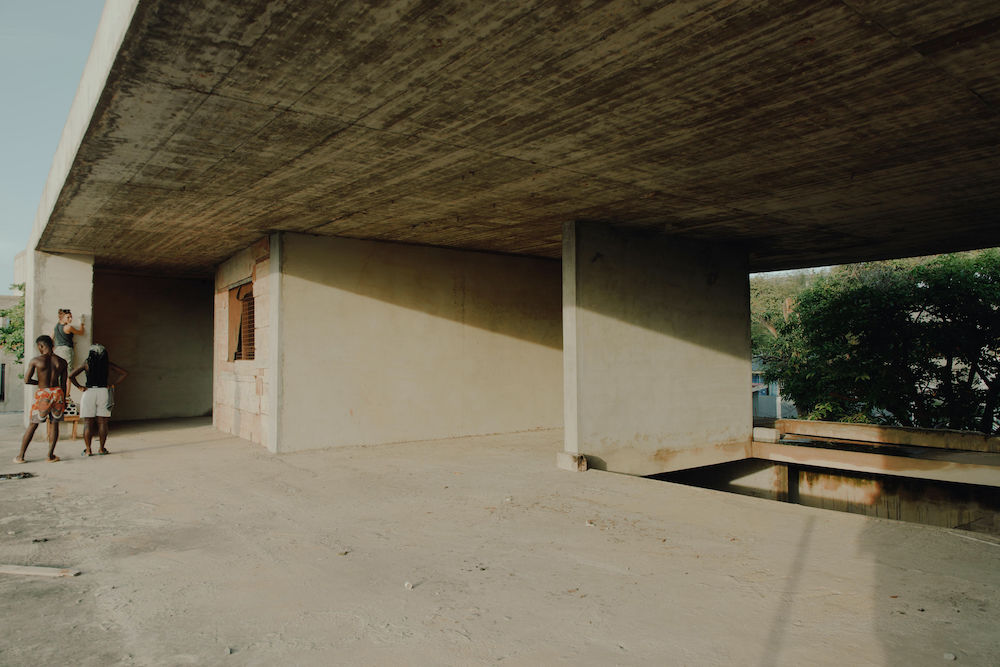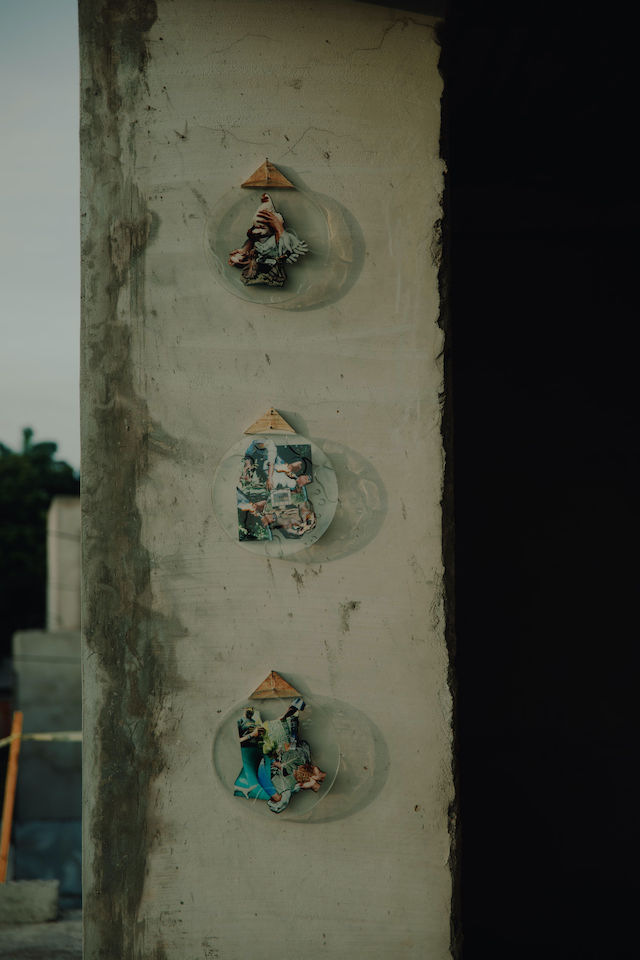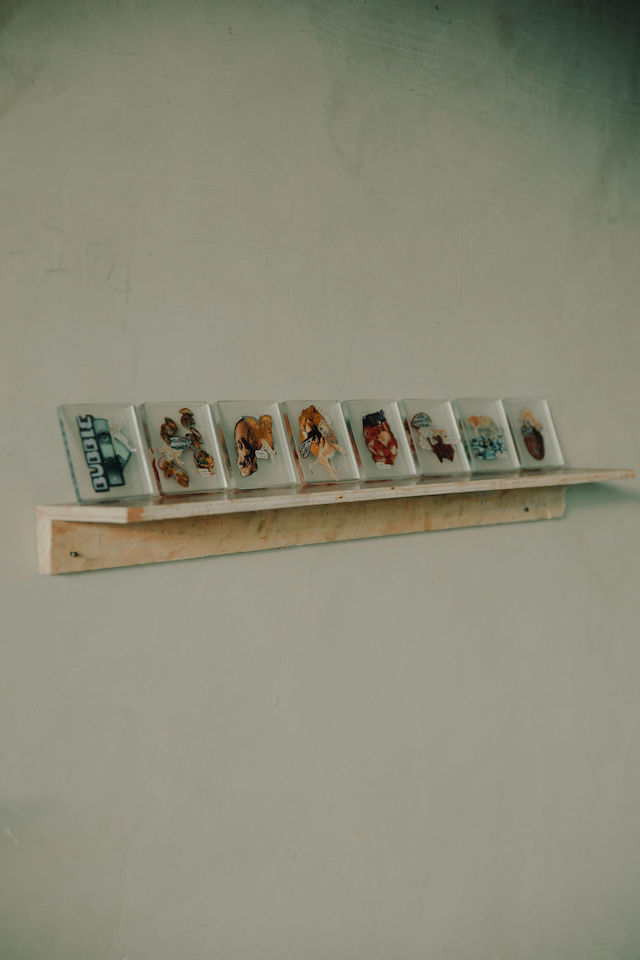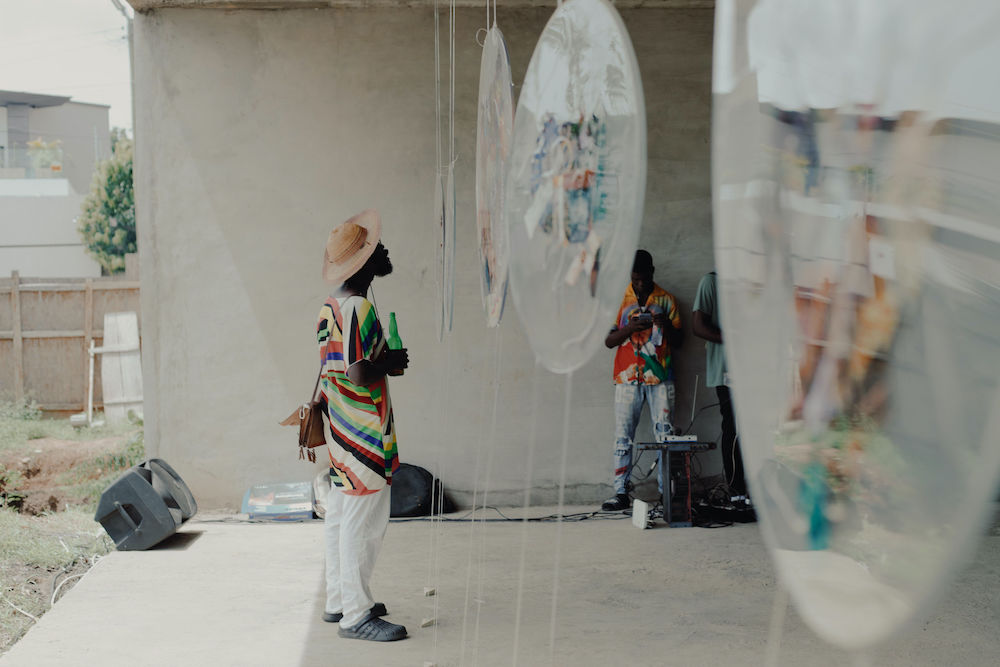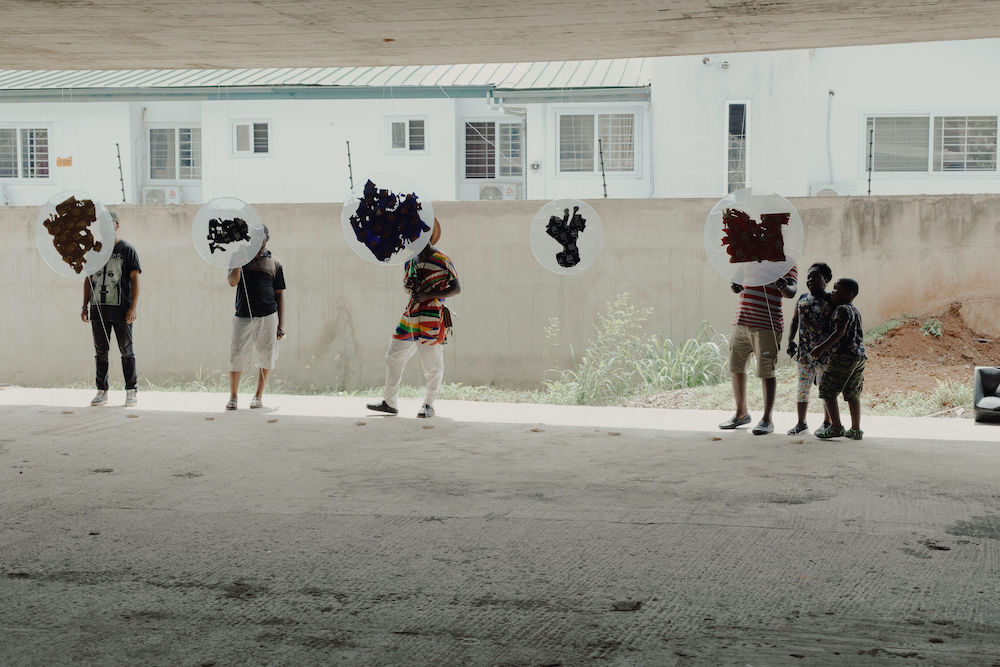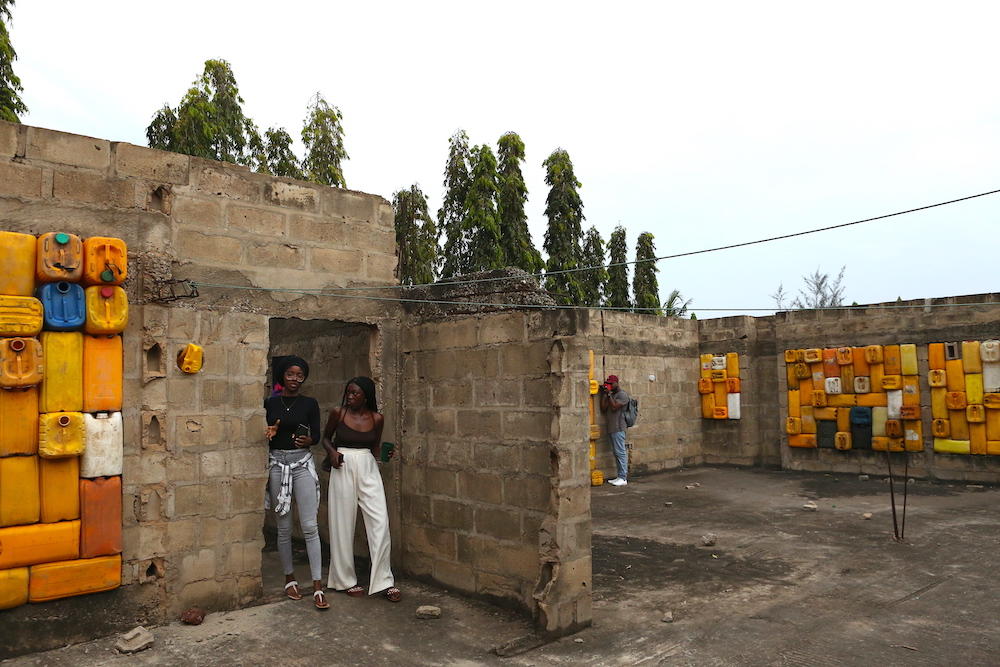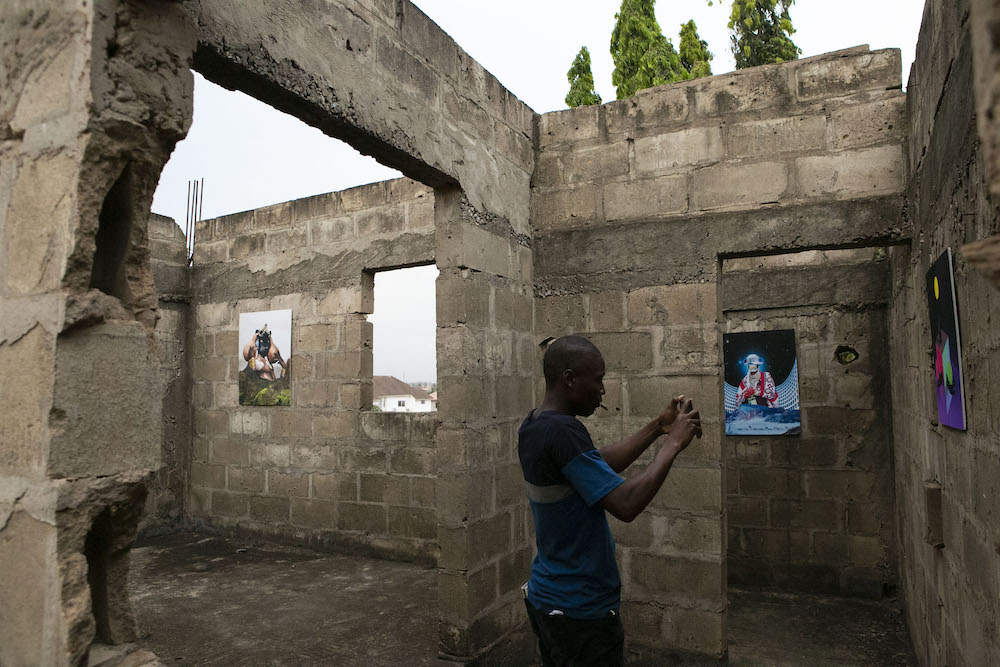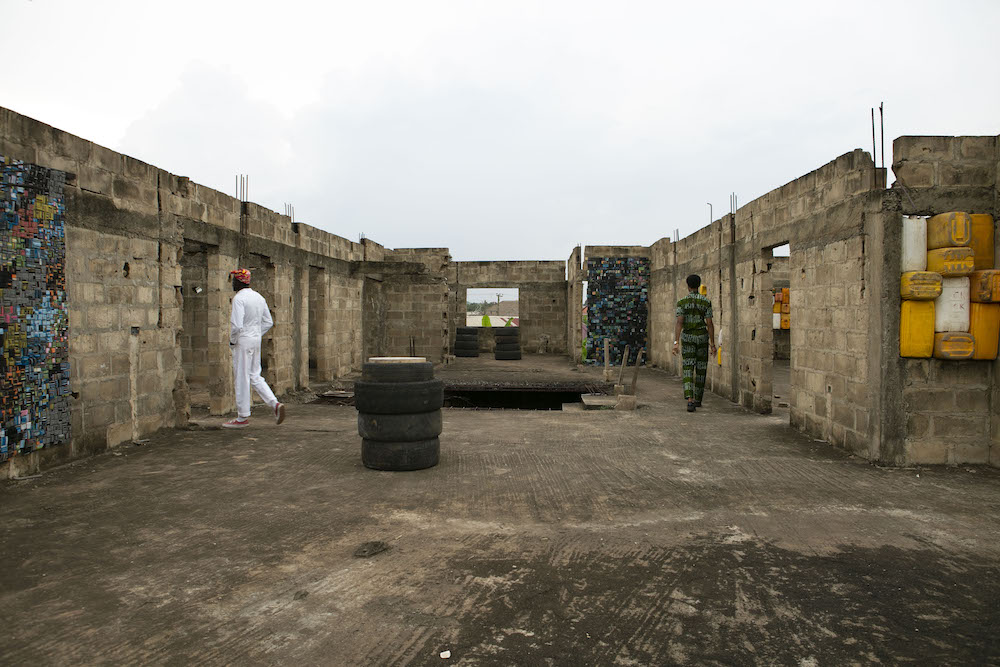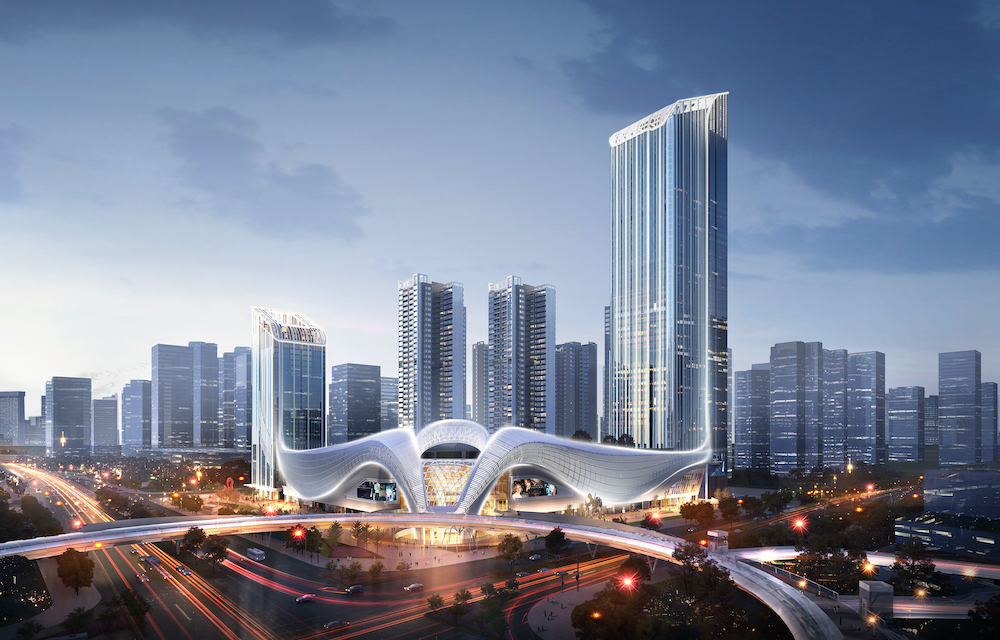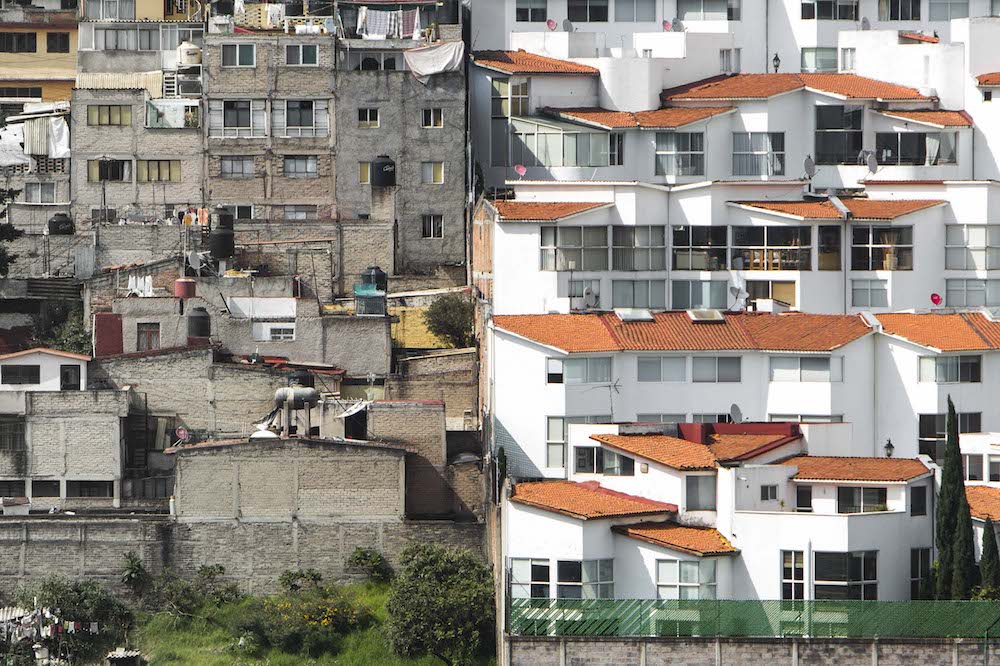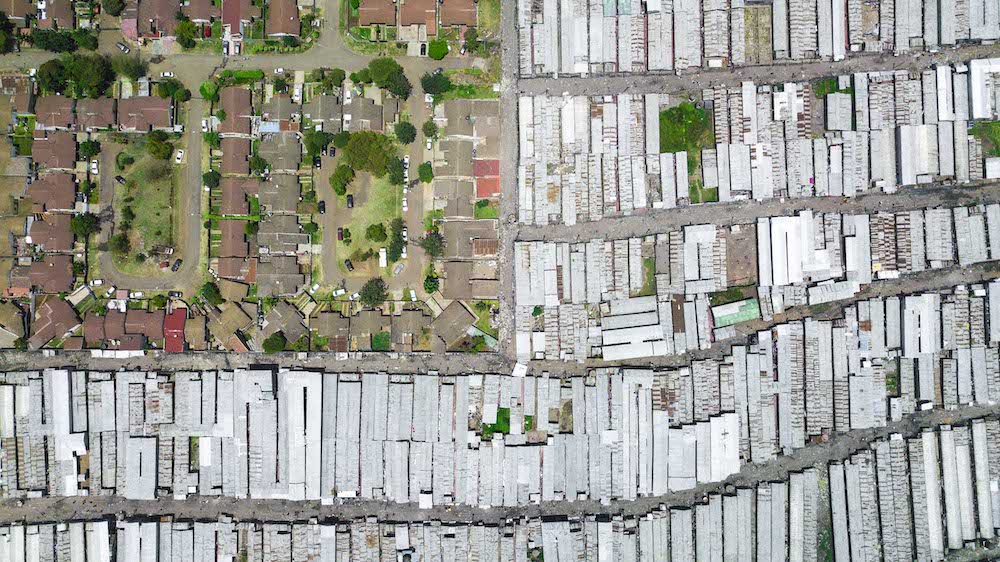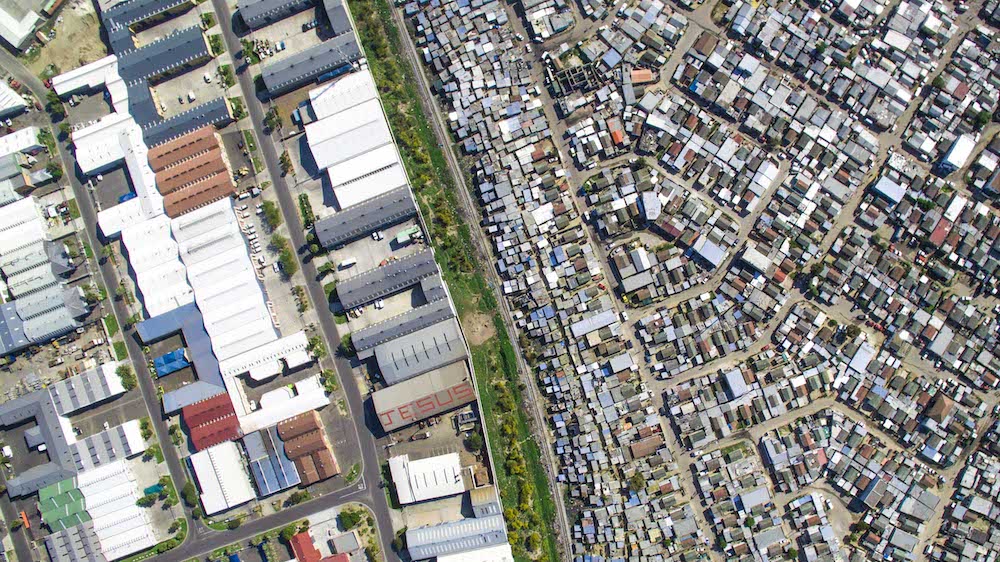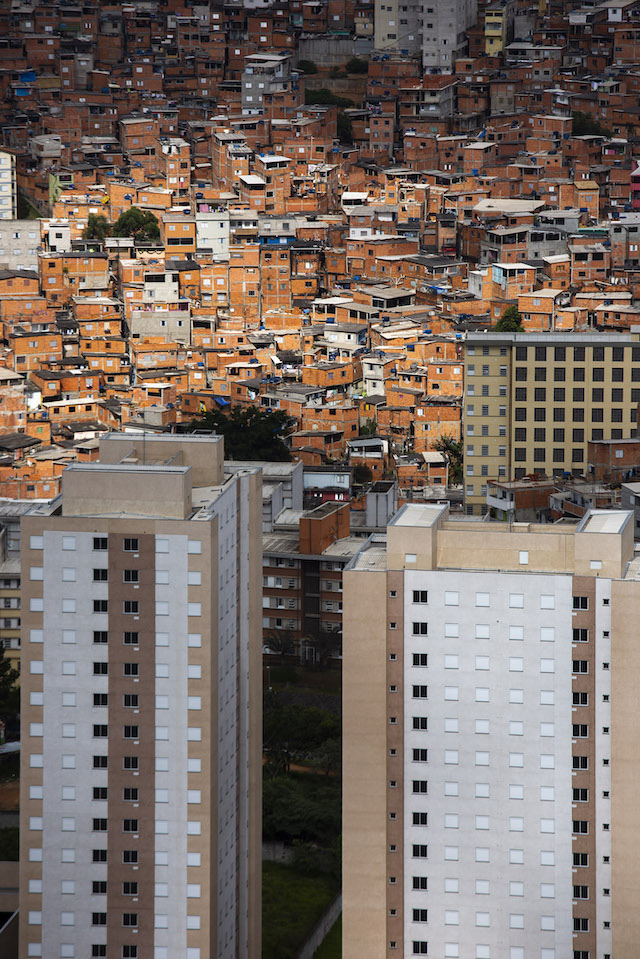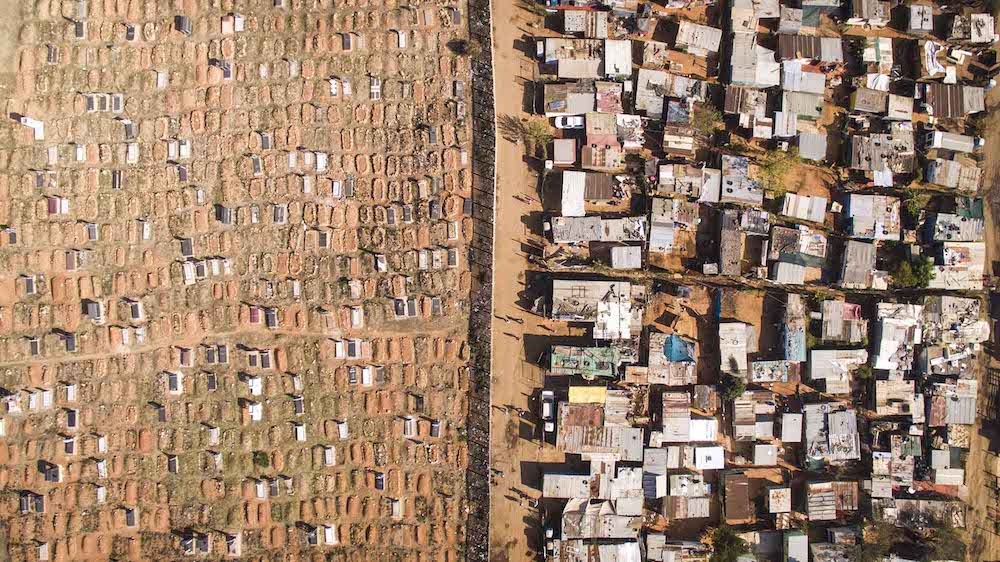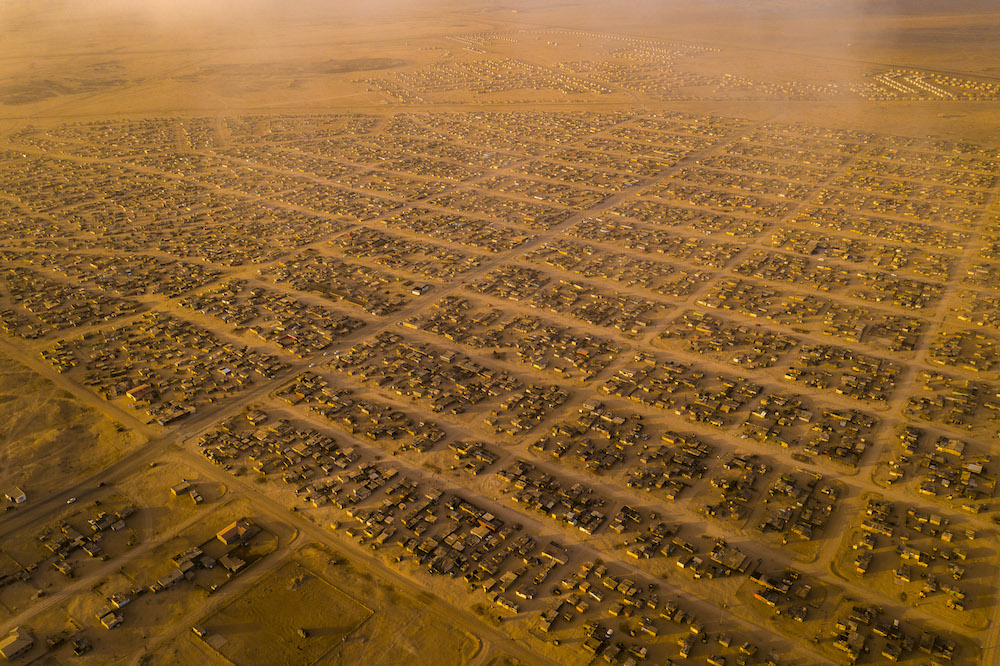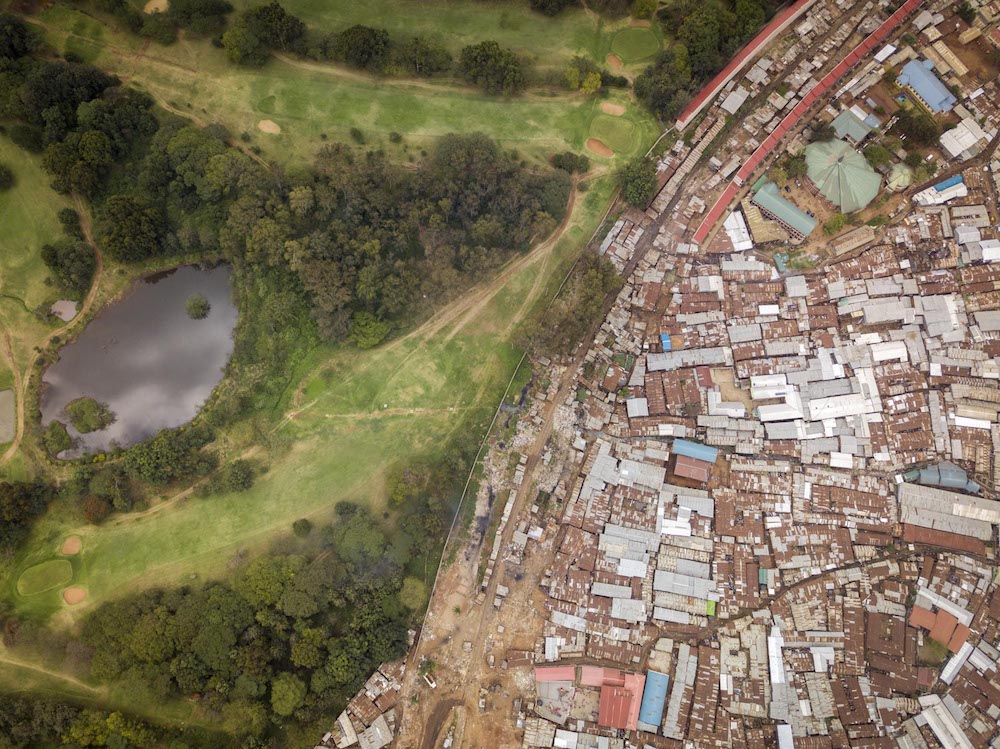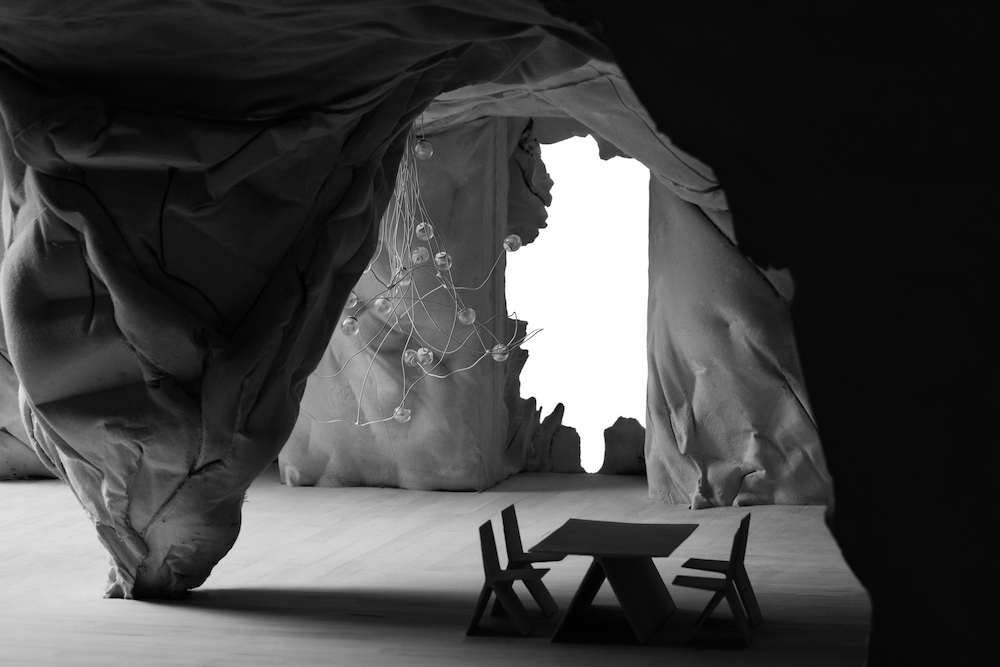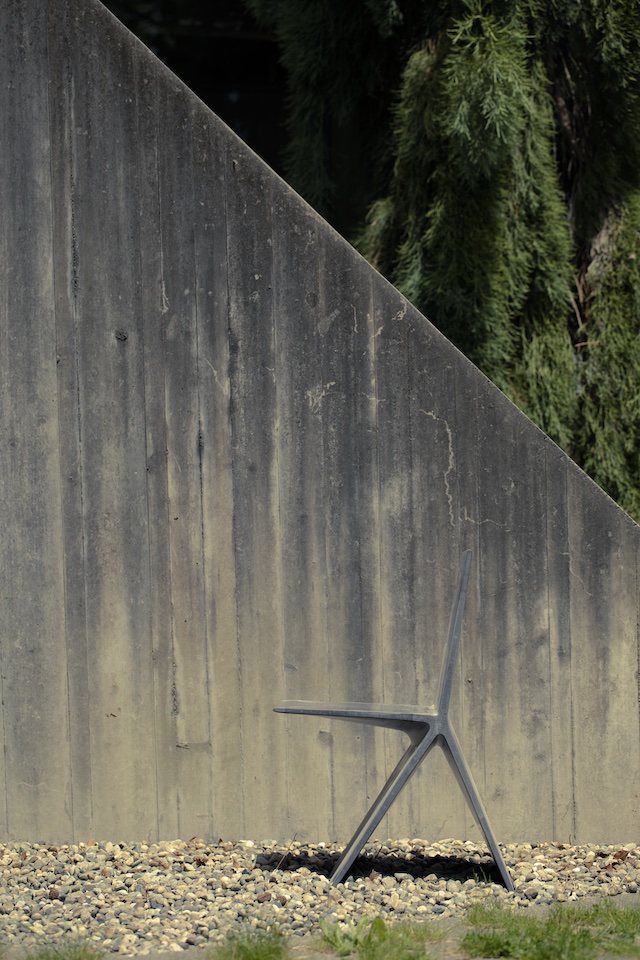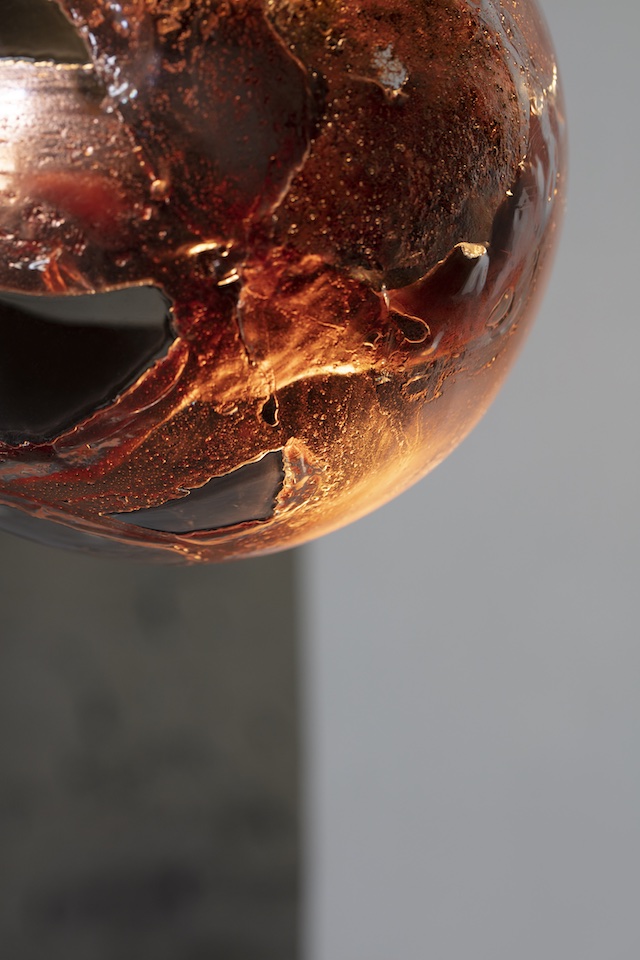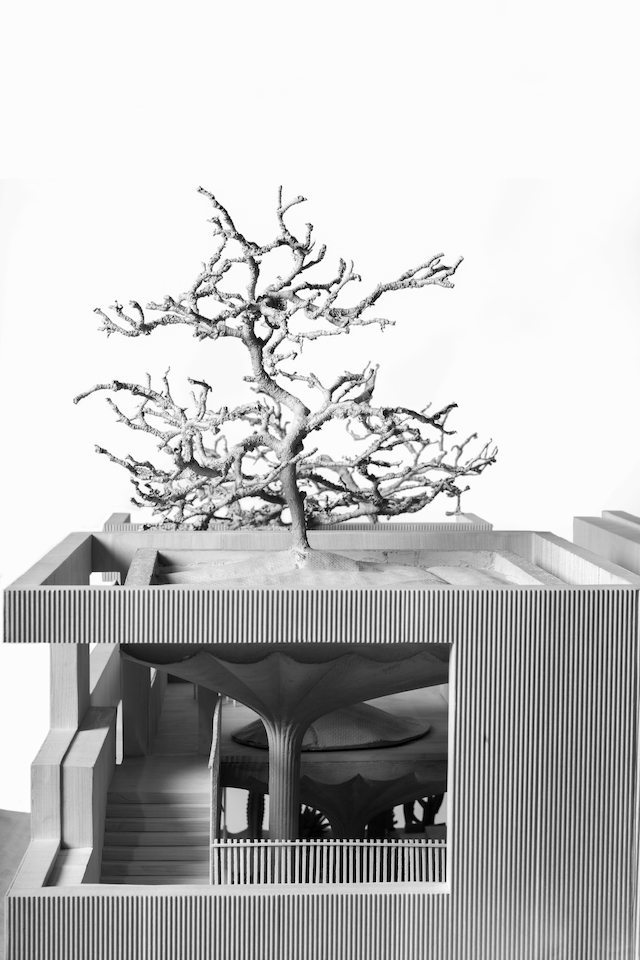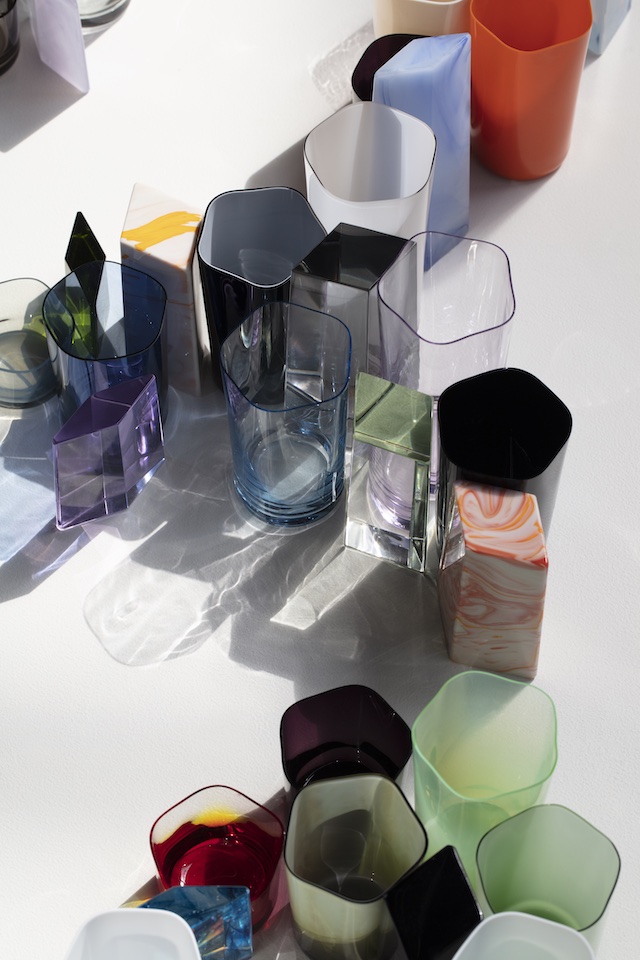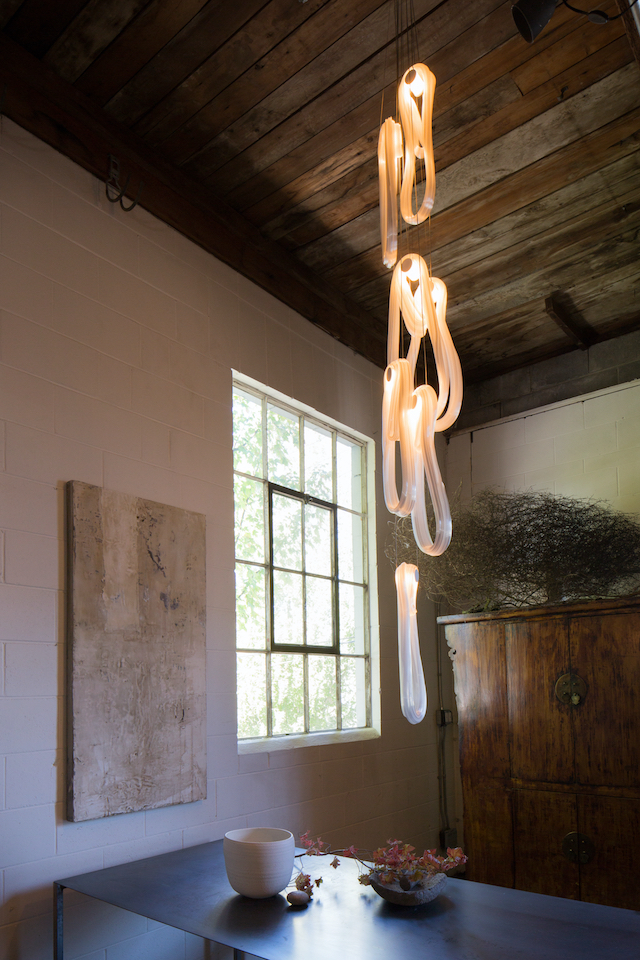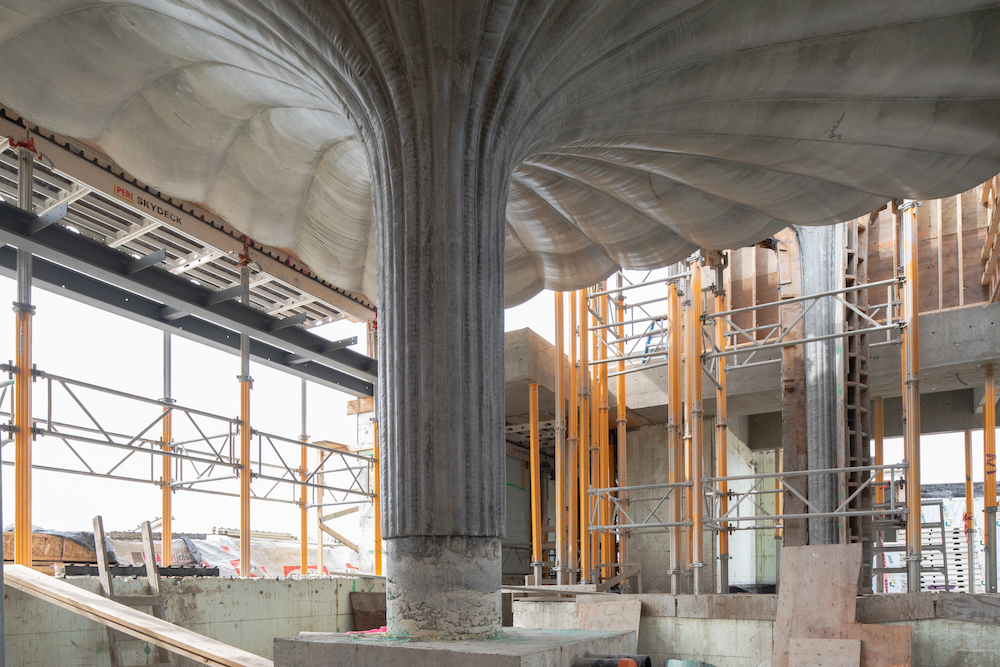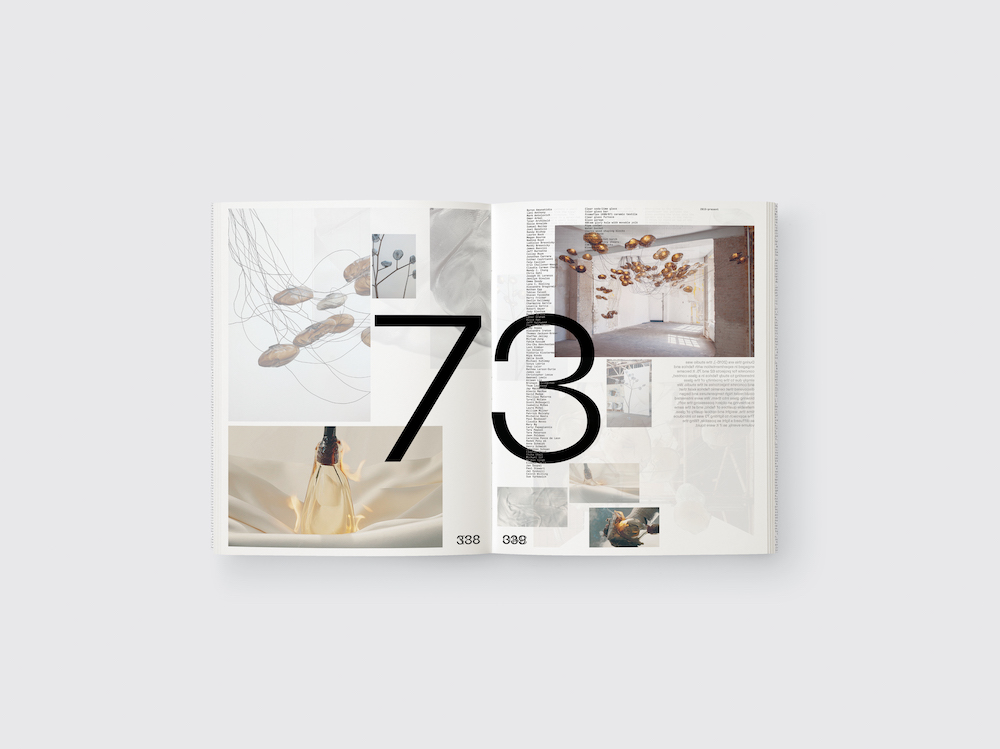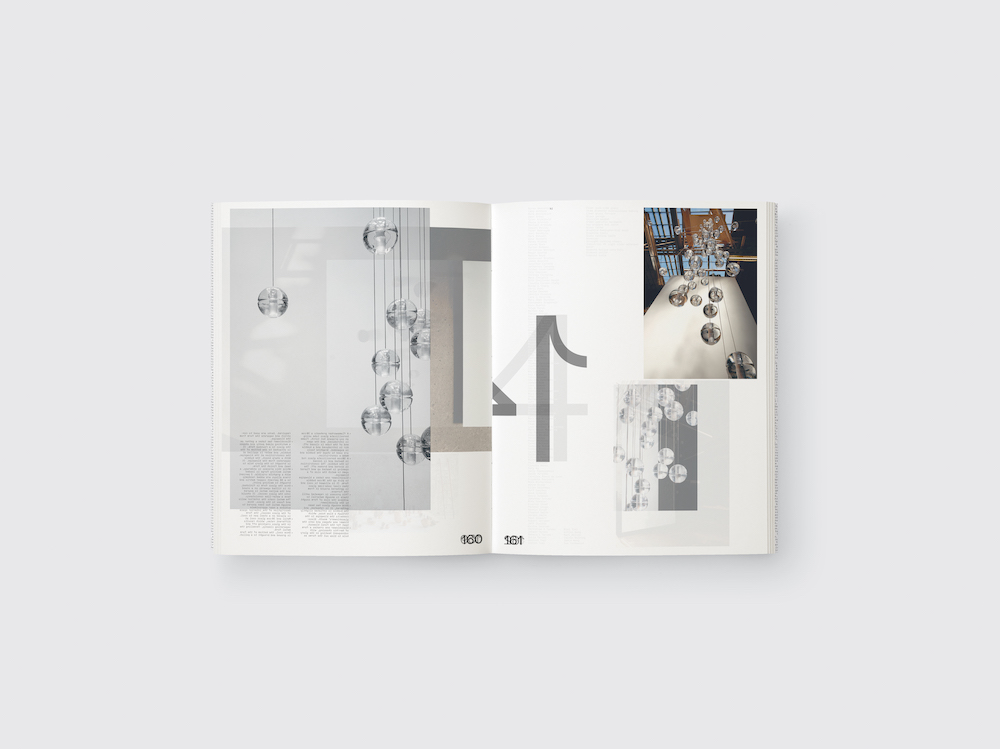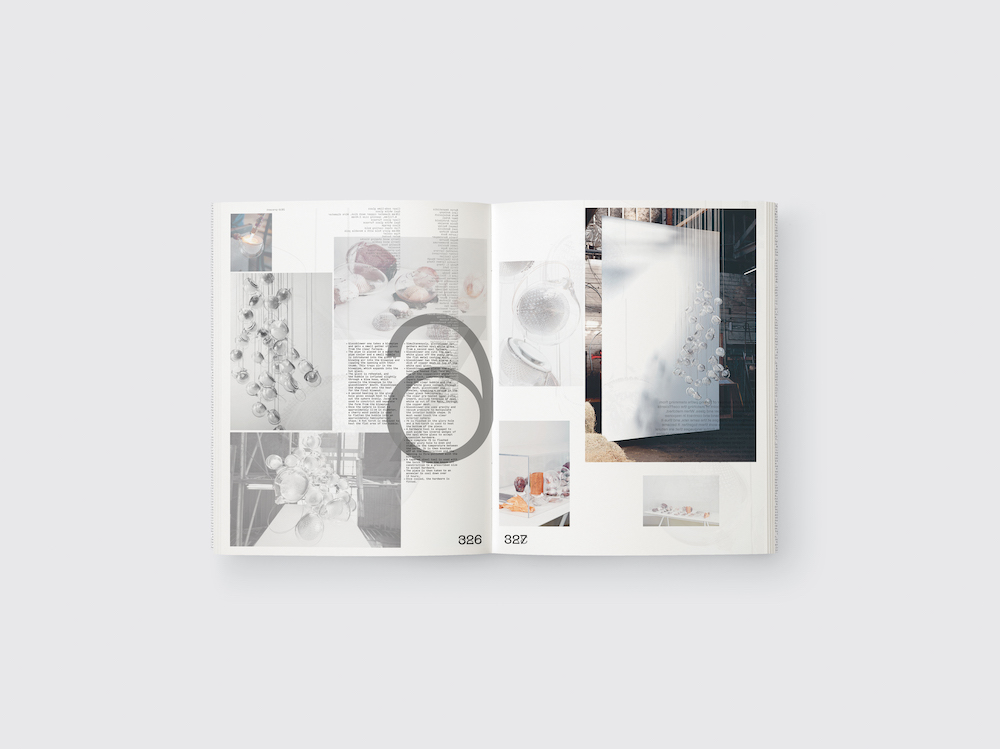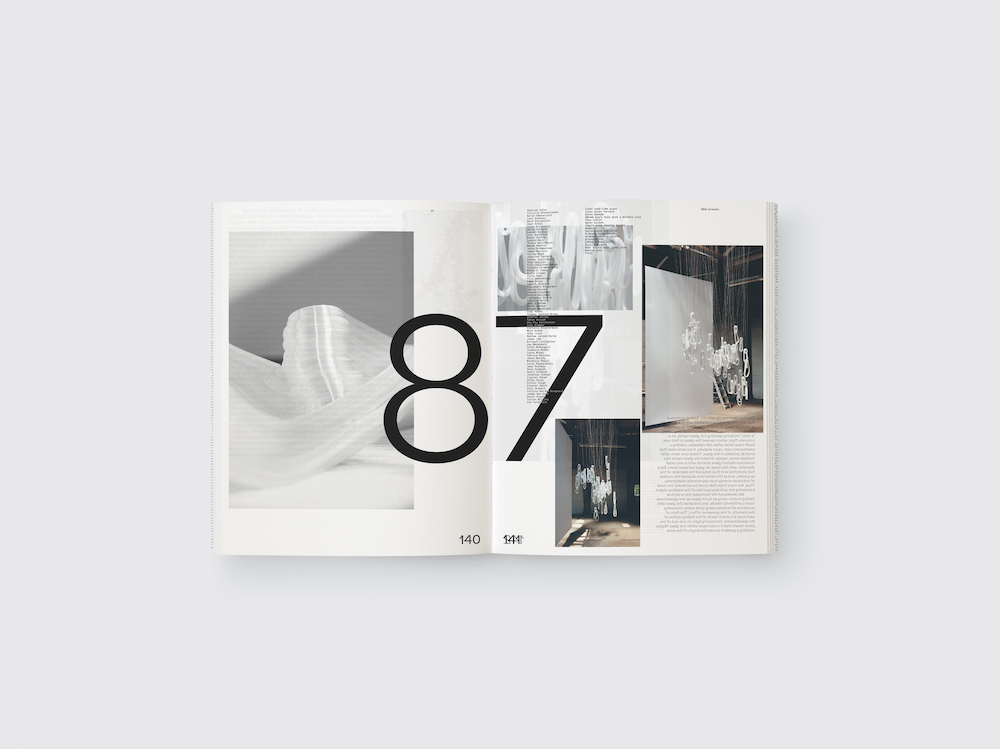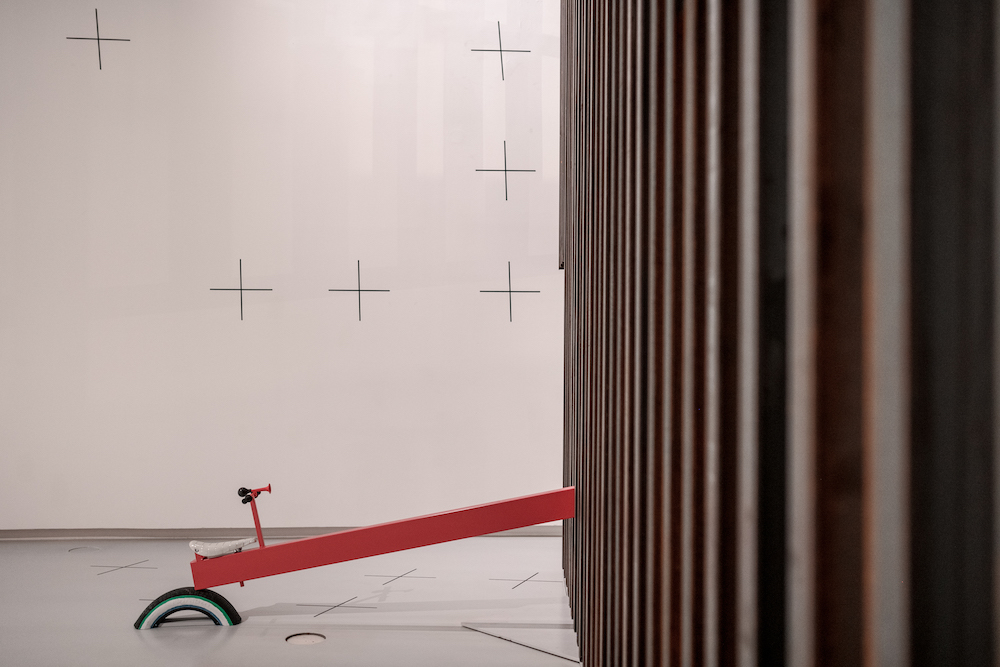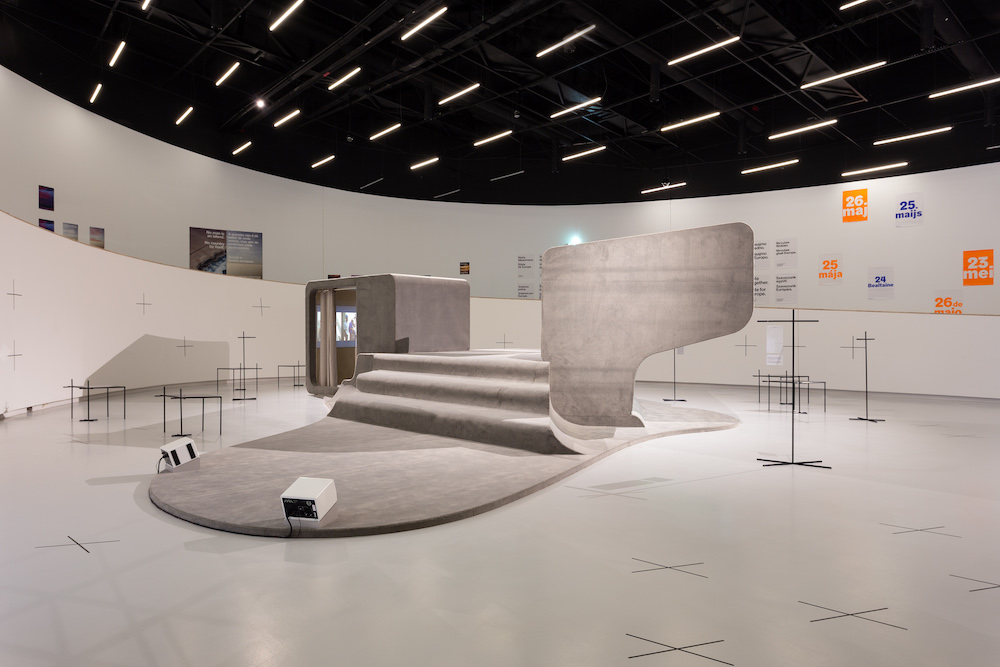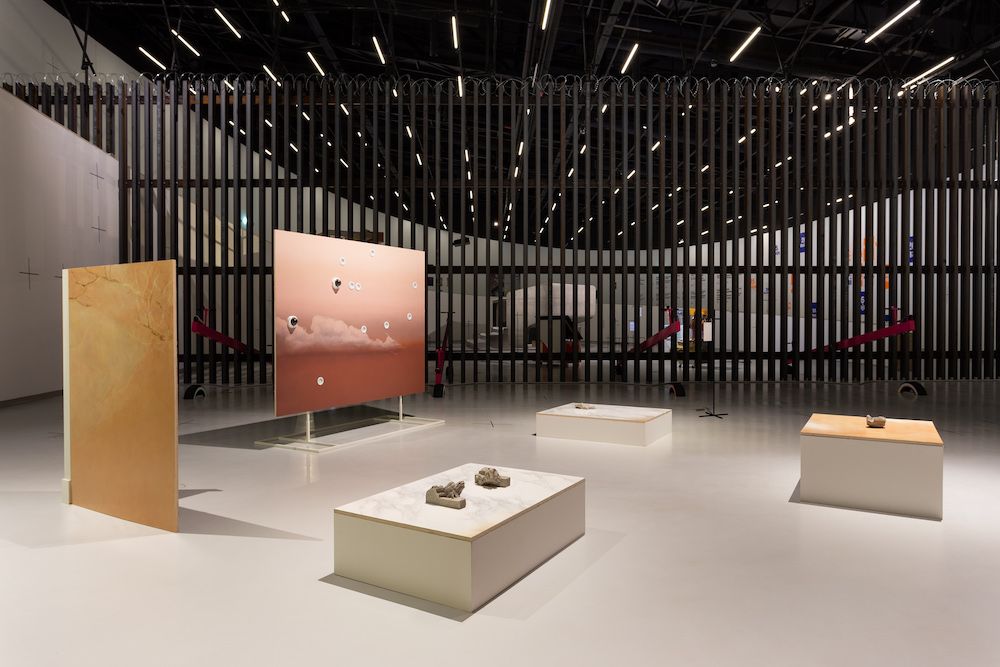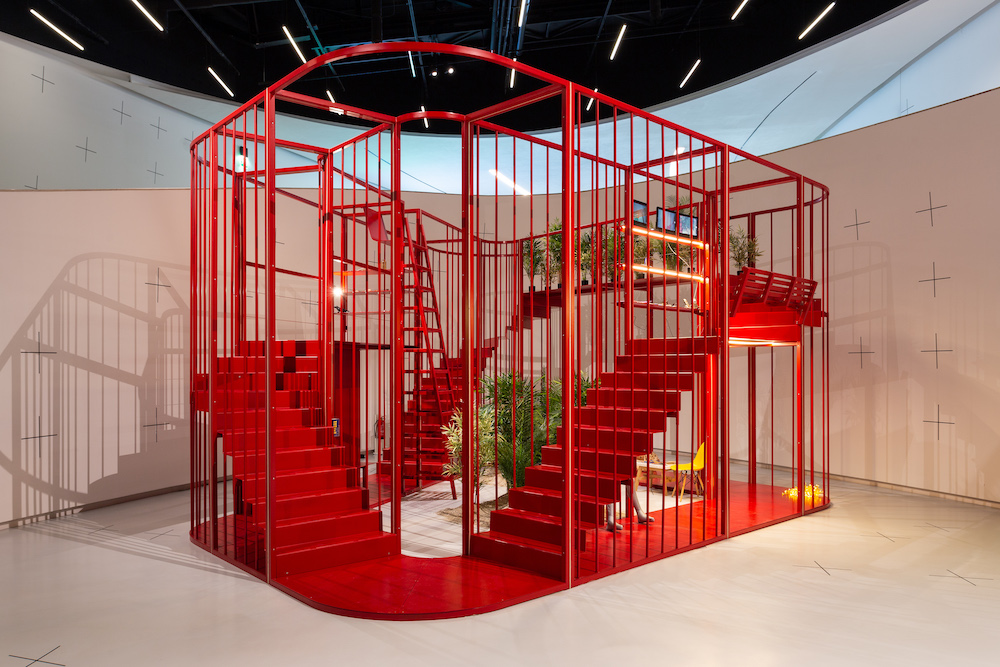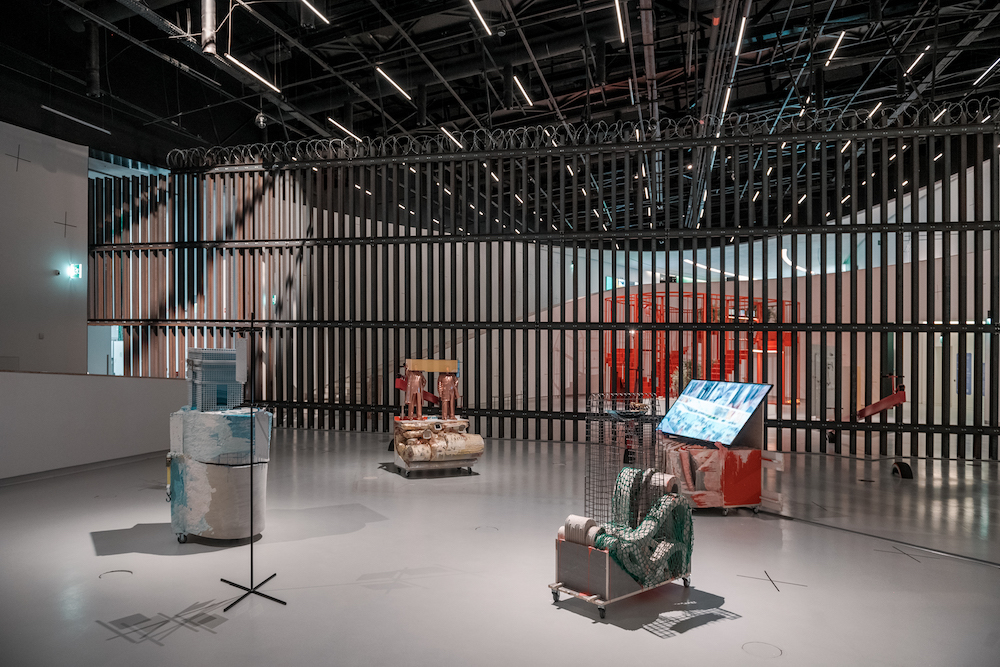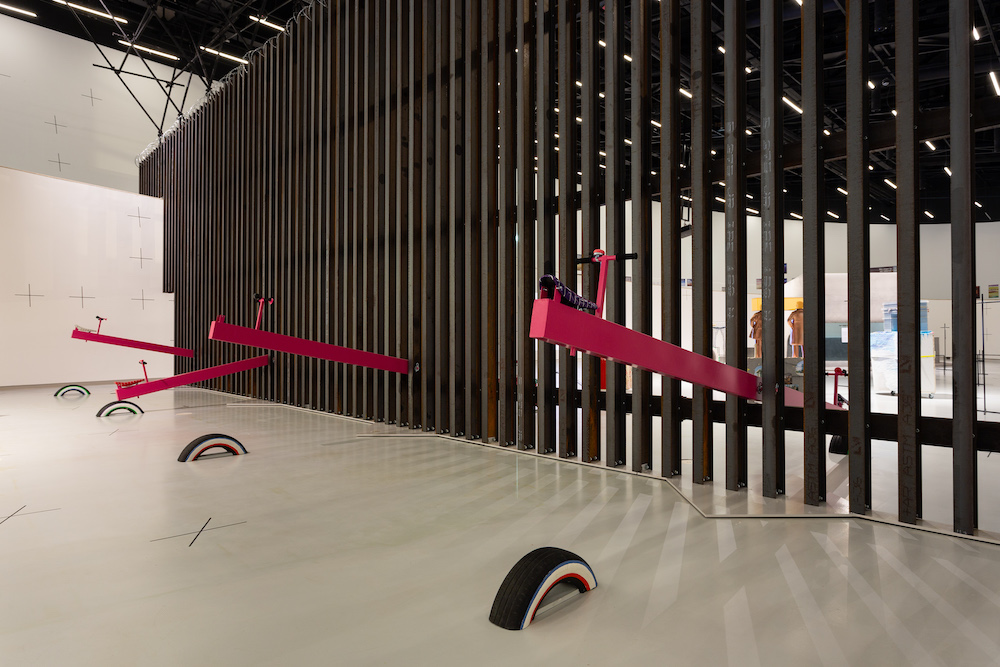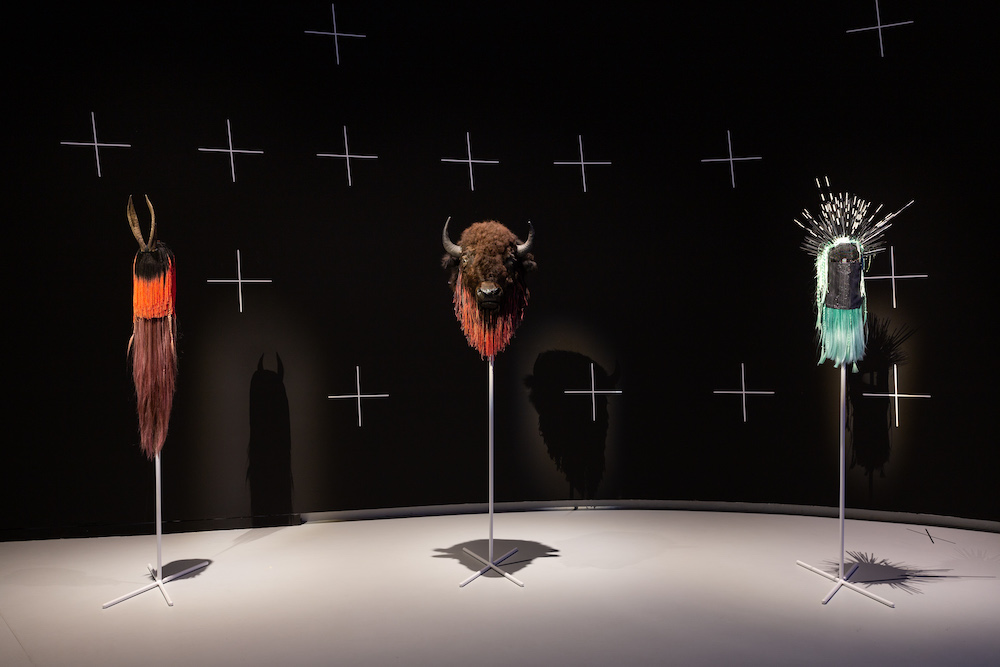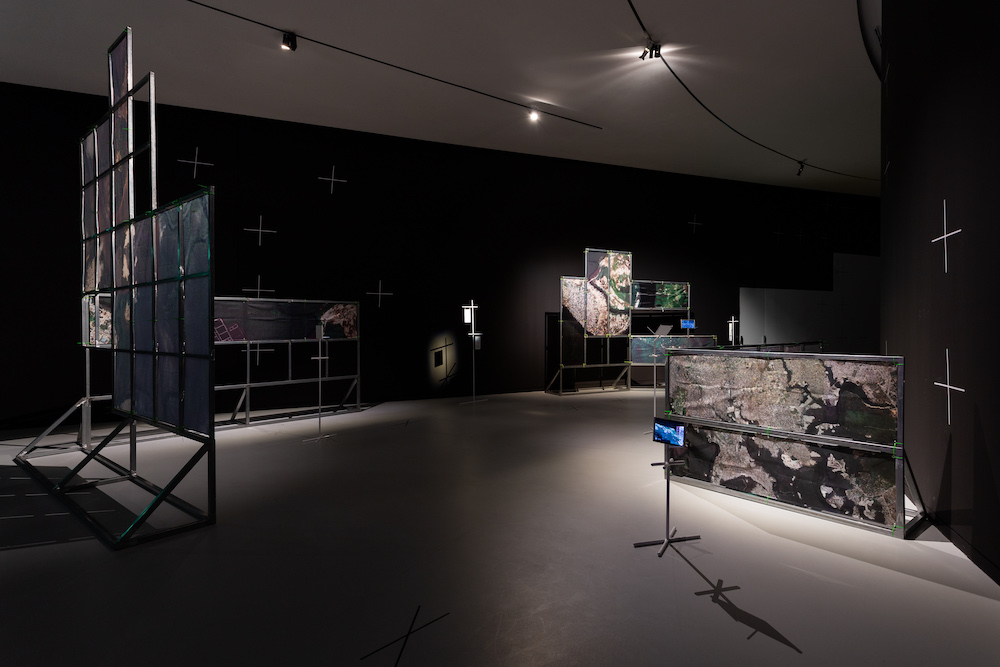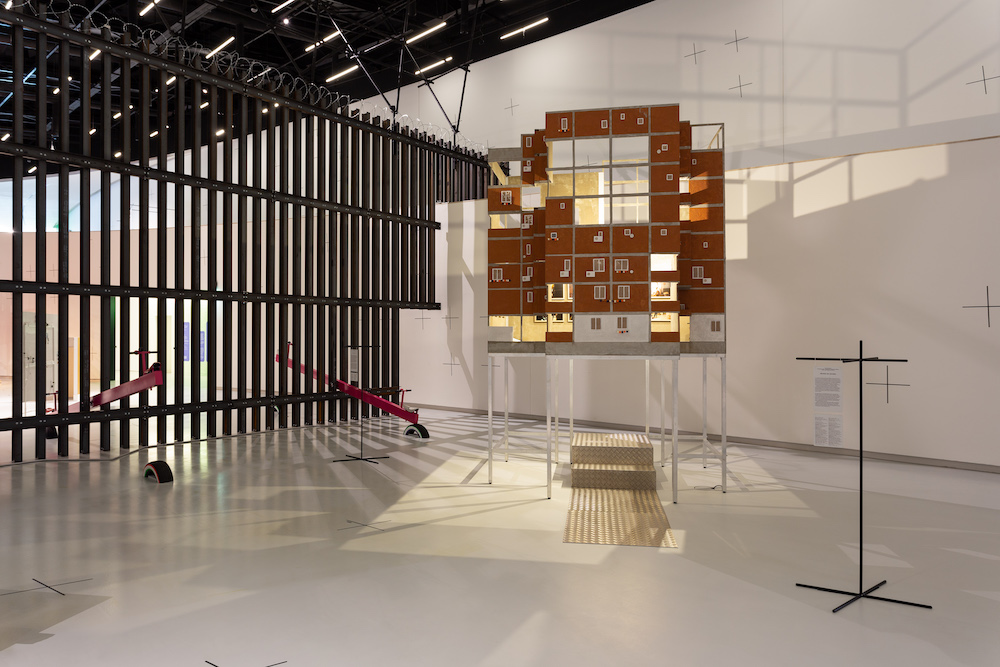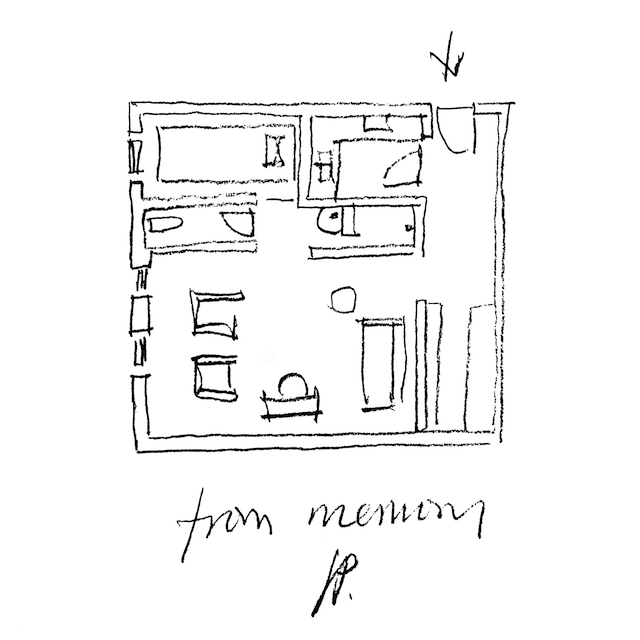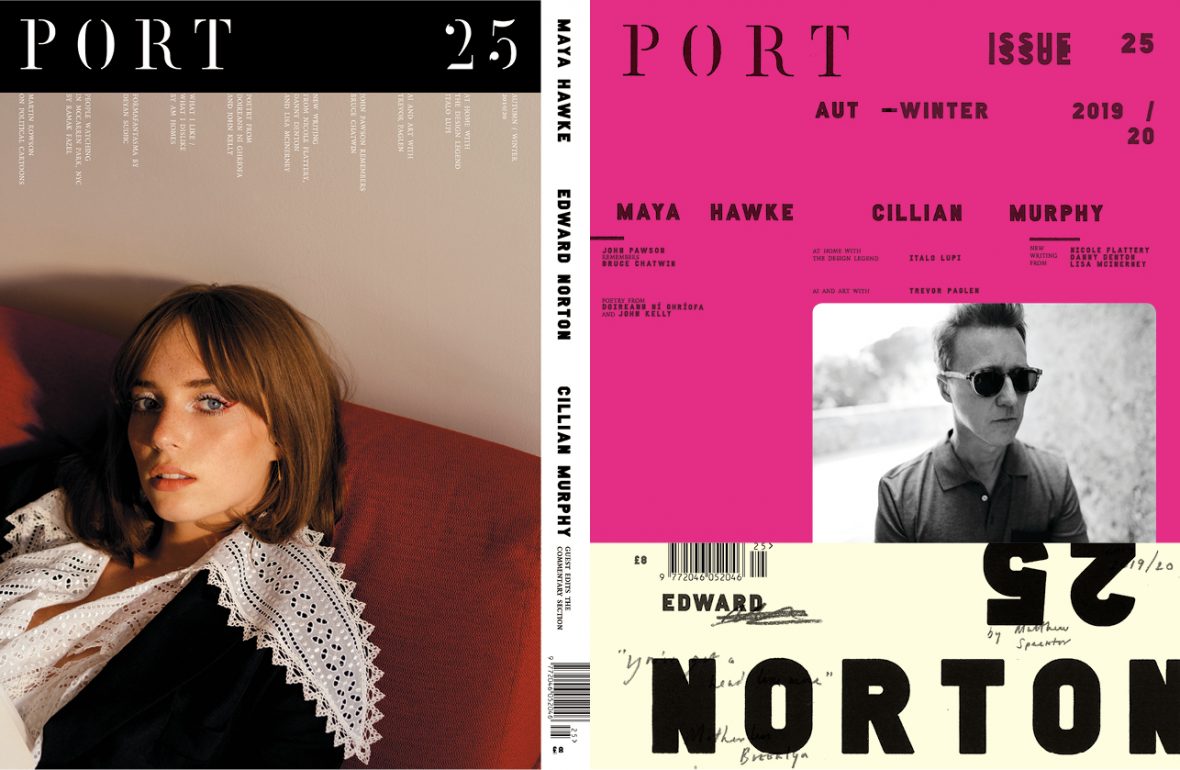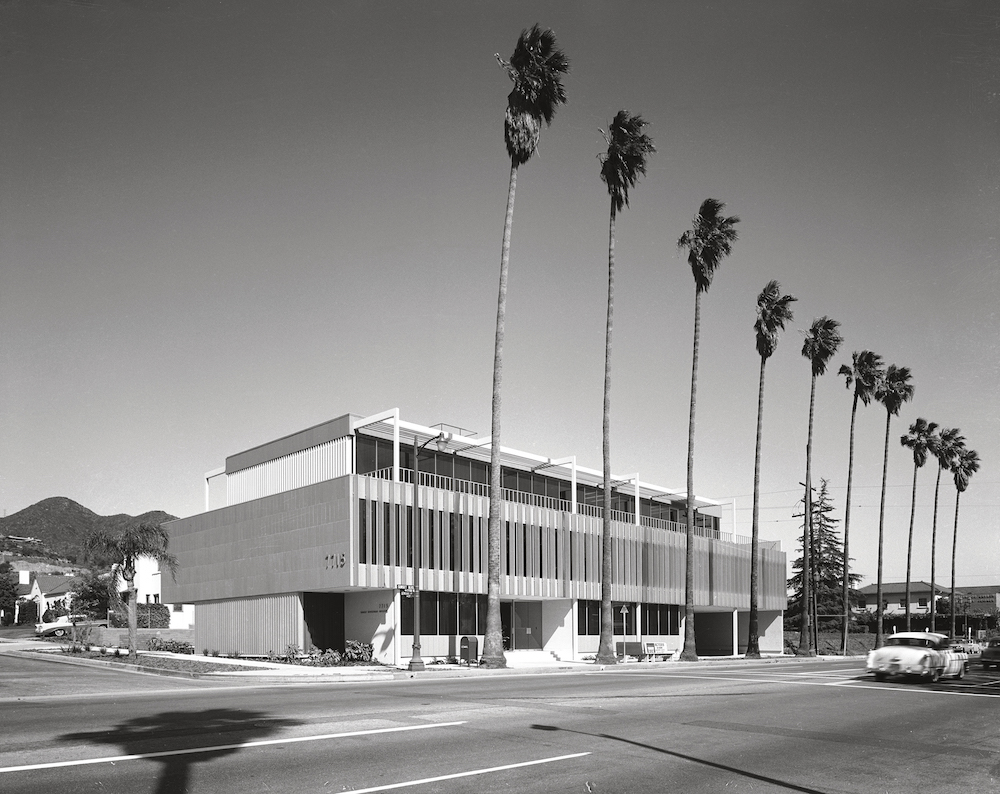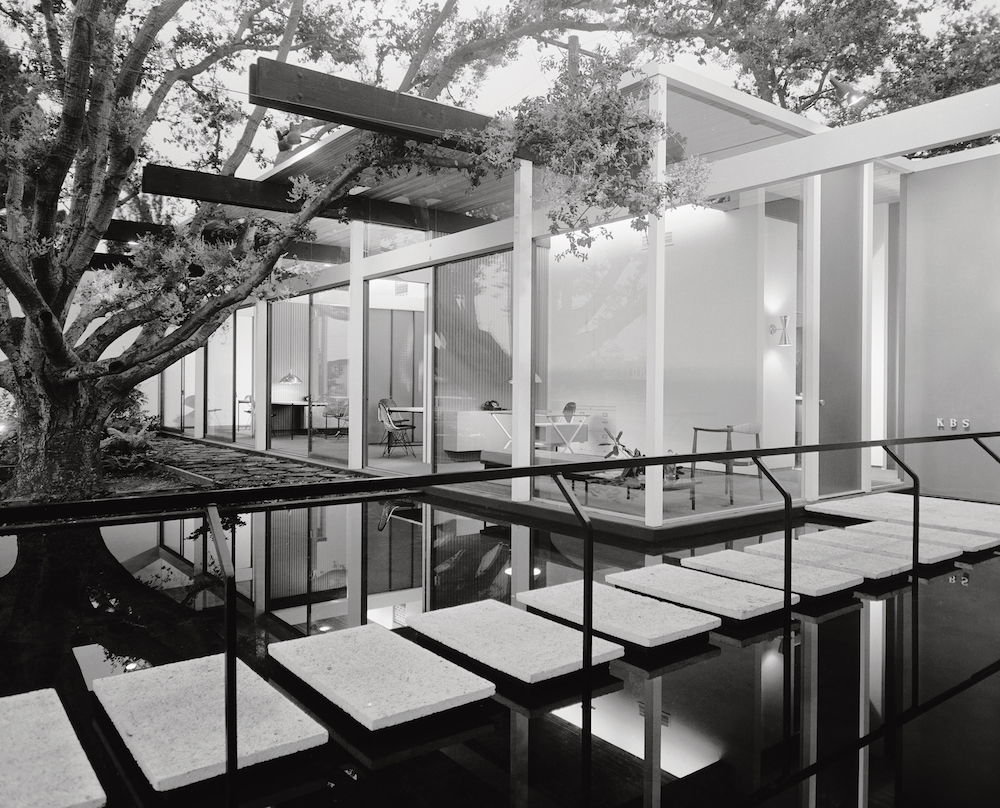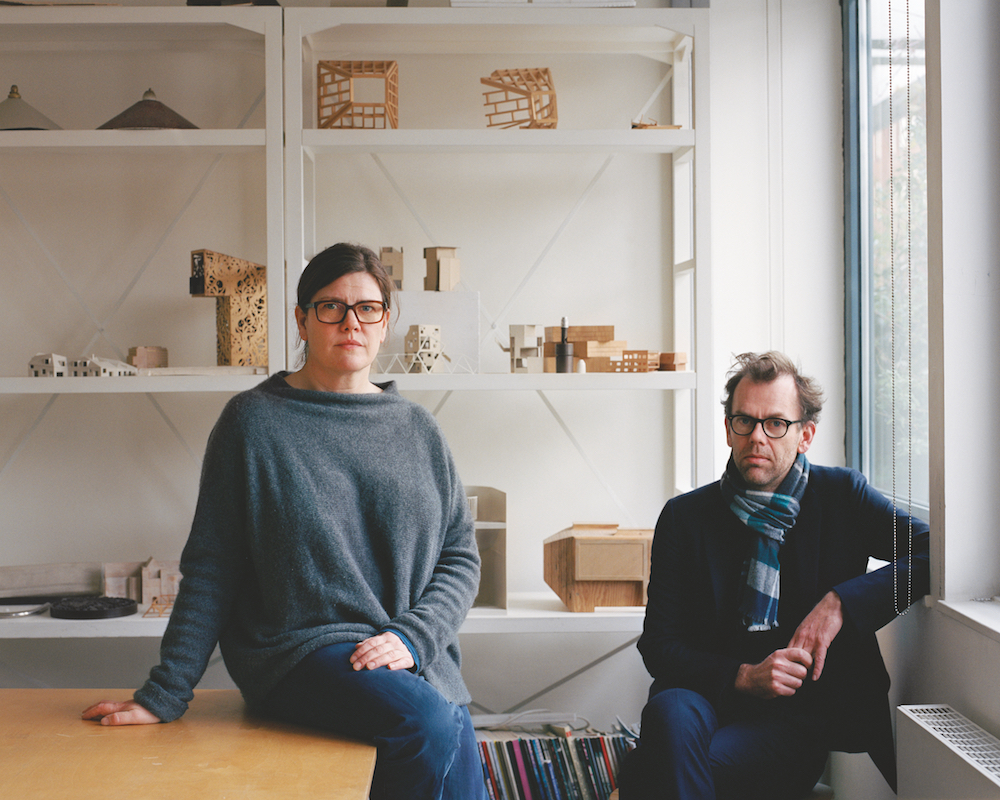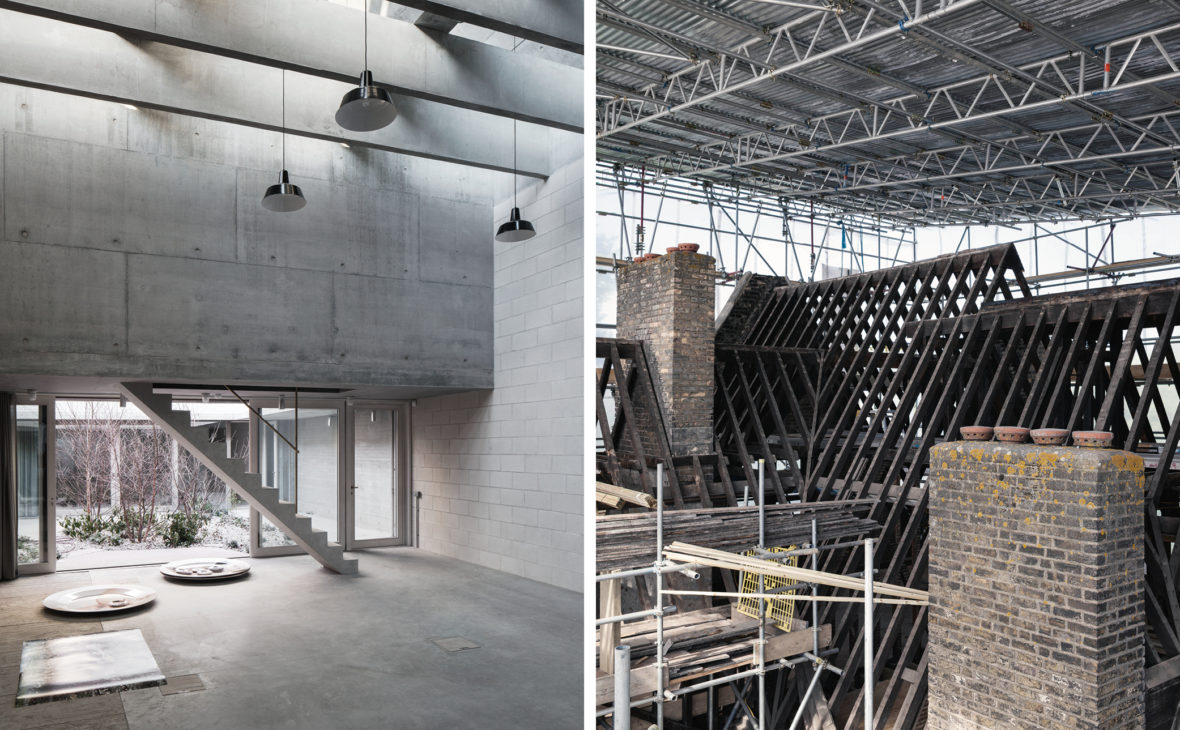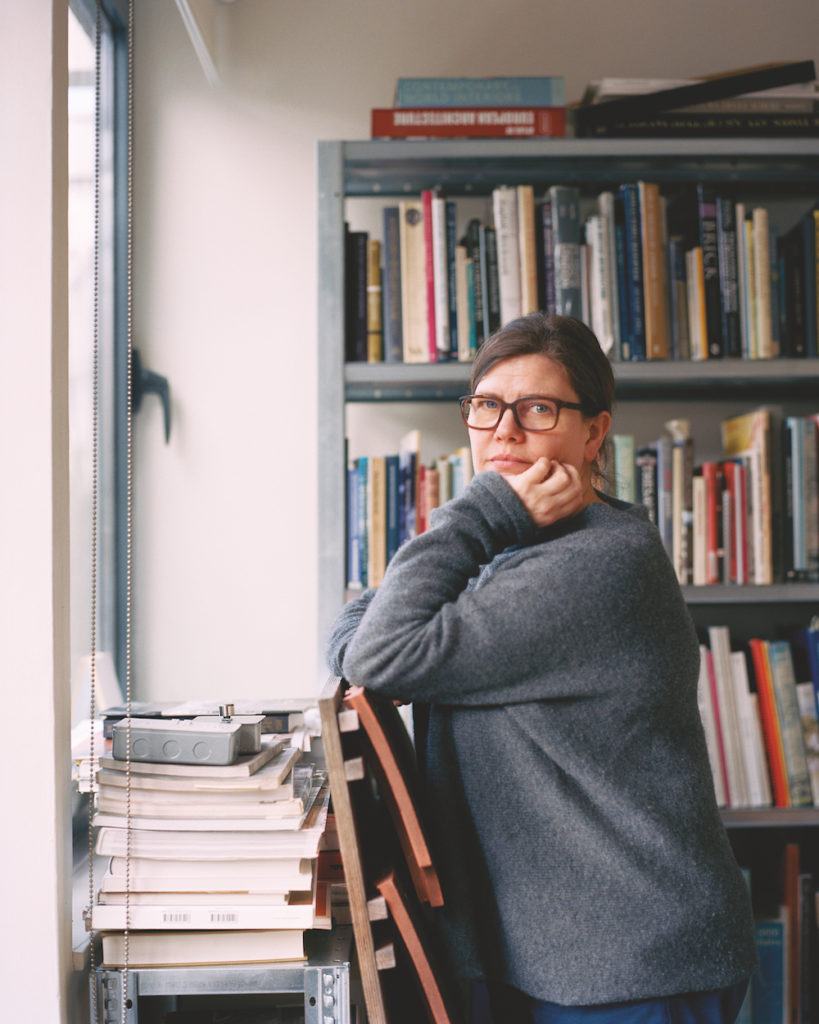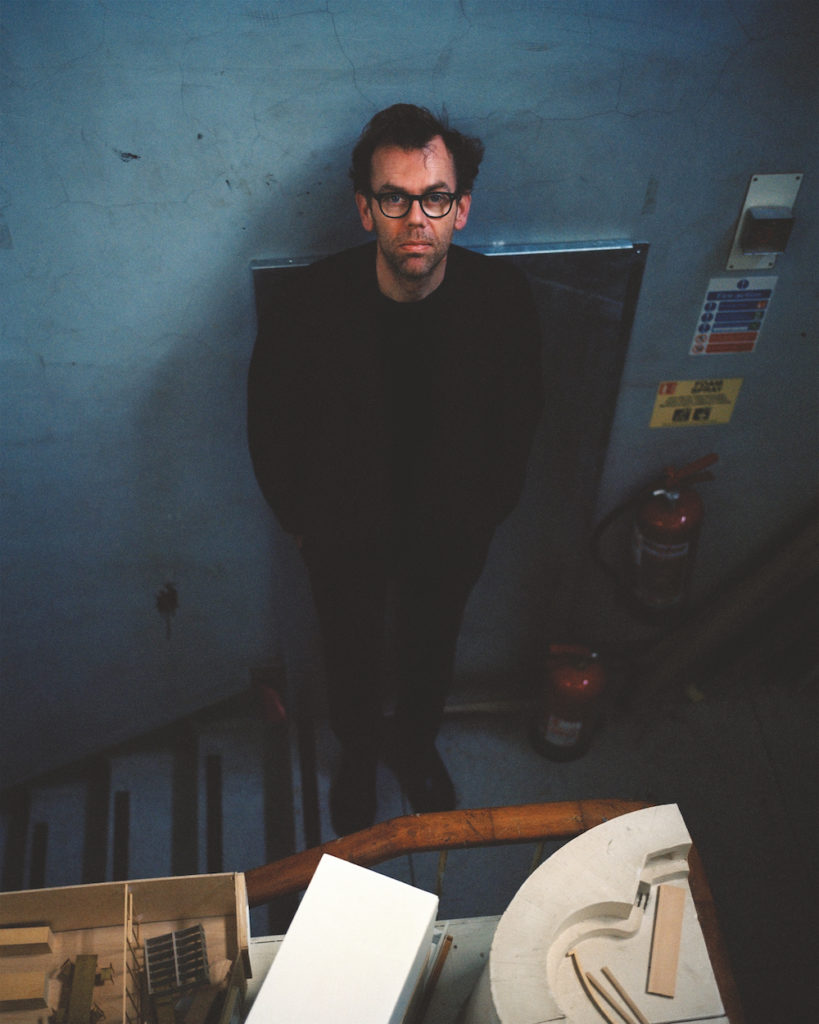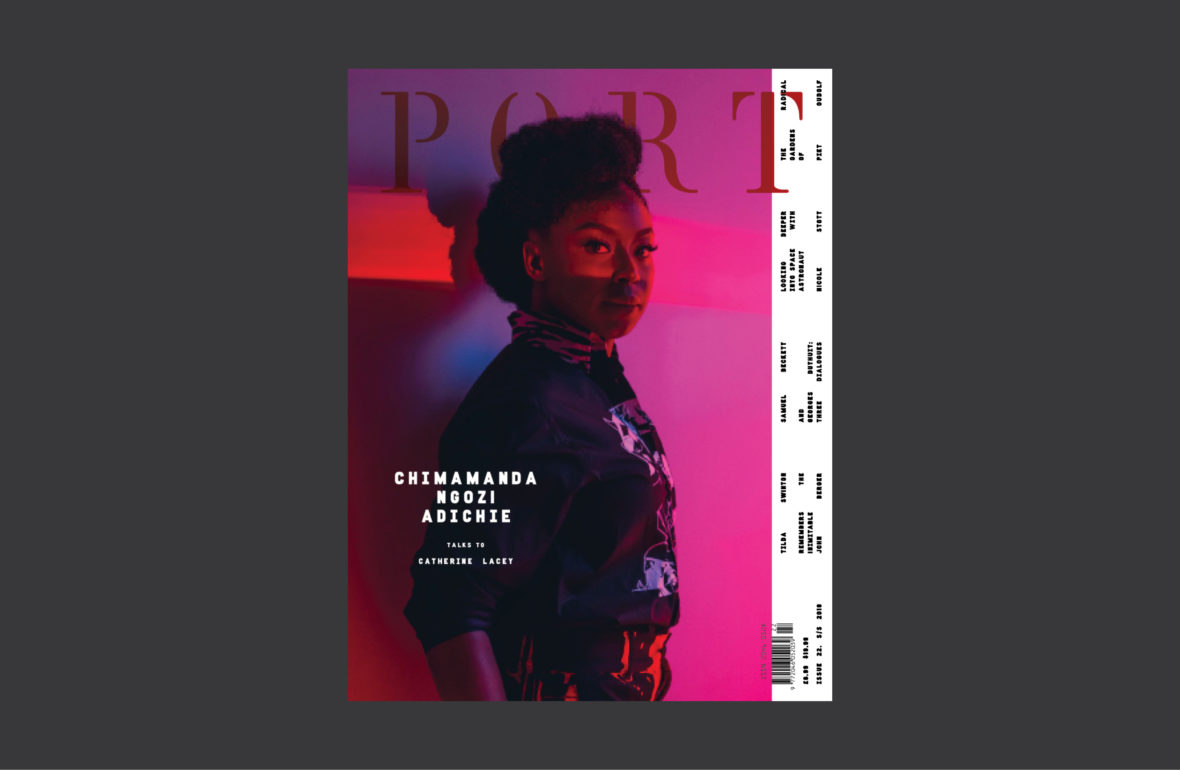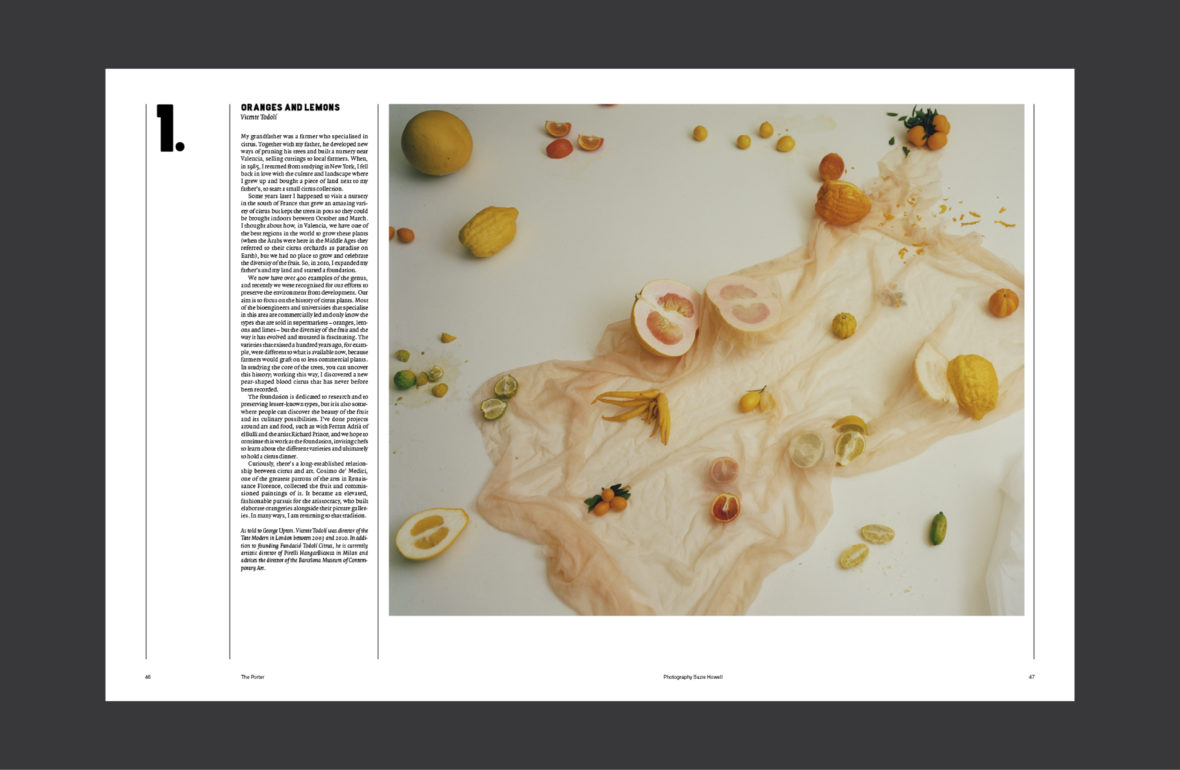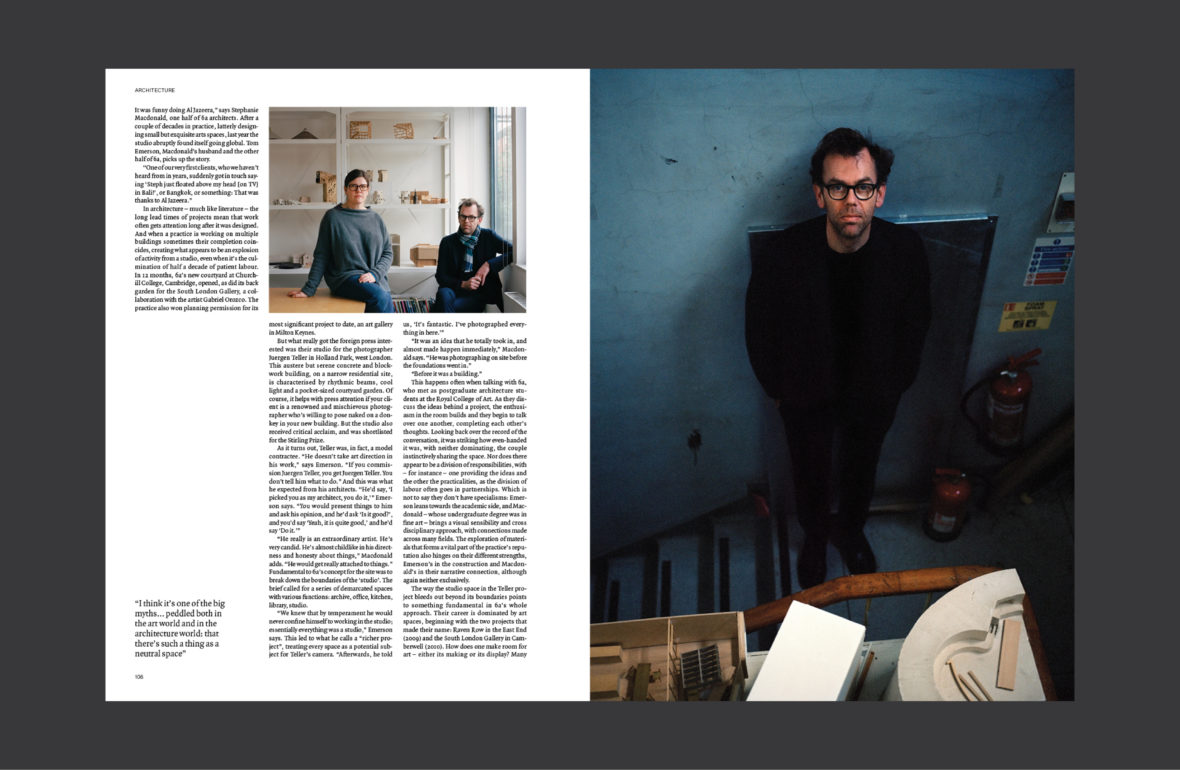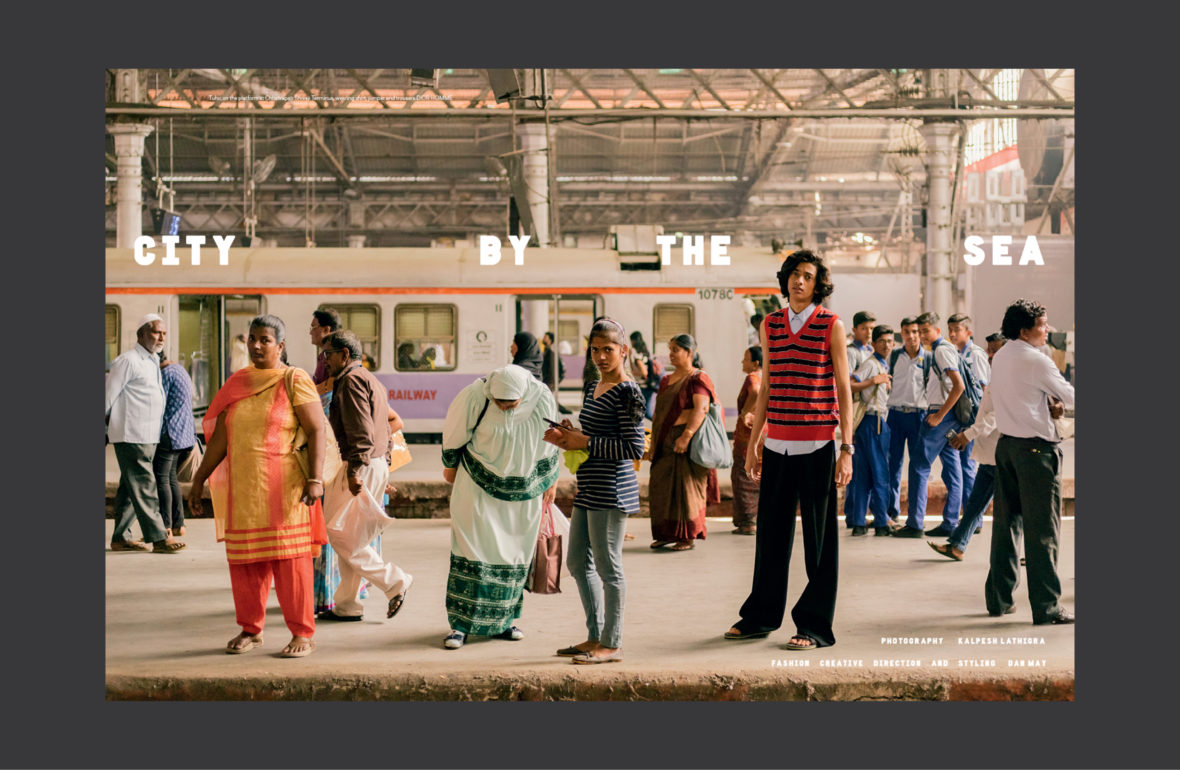Suleika Mueller on photographing Nevine Nasser, the beauty of Sufi practices, plus the power of art and architecture
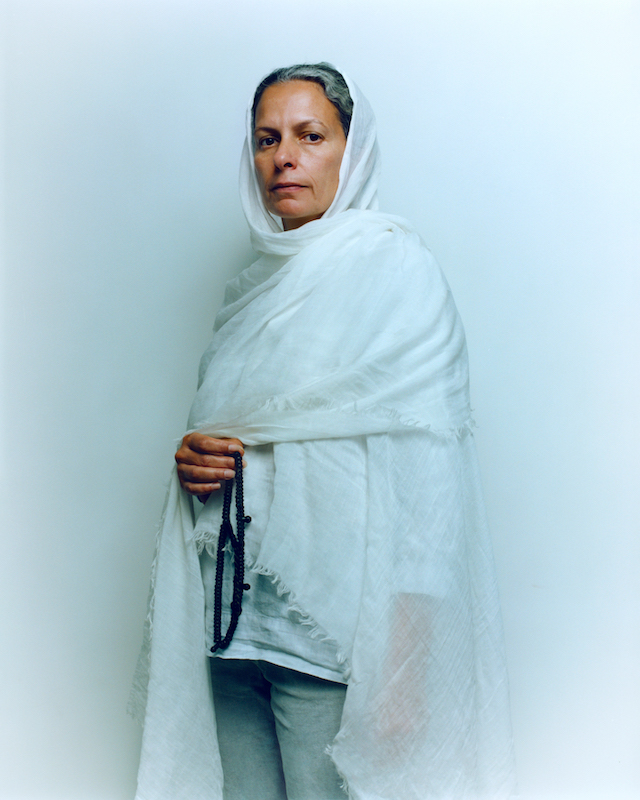
When photographer Suleika Mueller met London-based architect and practicing Sufi Muslim Nevine Nasser for the first time, she was utterly inspired by her work. Born and raised a Sufi Muslim herself, Suleika had often struggled to connect her medium with her spiritual practices. Nevine defies the stereotypes of Muslim Women and integrates her spirituality with creativity, most notably in the form of portraits offering a different perspective of Islam to what’s portrayed in Western media. Suleika looks up to Nevine entirely, so much so that her work has inspired her “most personal” project yet, The Sufi Architect. Below, I talk to Suleika to understand more about the motives behind the series, the beauty of Sufi practices and the power of creativity.
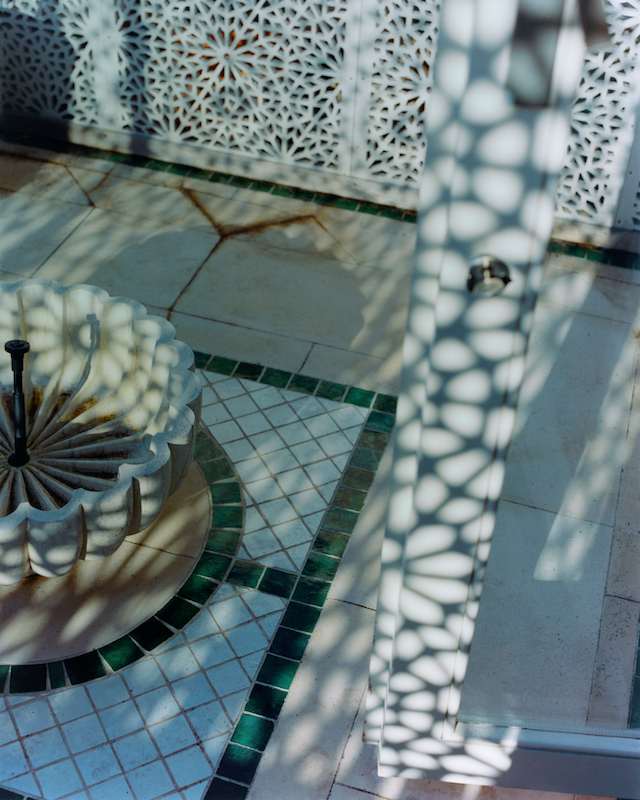
What excites you about the medium?
My work is extremely intimate and personal, I use photography to explore
subjects linked to my upbringing, identity, emotions and experiences. It’s a great tool to understand myself, the world and the people around me a little bit better and delve into subjects that I’m curious about. I think my spiritual, cross-cultural upbringing has shaped my artistic vision into a unique blend of Eastern and Western cultural values, traditions and references. My hybrid identity, the feeling of being in the in-between, though isolating as it might feel sometimes, actually has allowed me to understand and empathise with different kinds of people and point of views so I feel quite grateful to have been brought up in such an unusual way. I want to champion people, subjects and communities I truly care about, especially because I never saw any relatable representation of the Muslim community growing up.
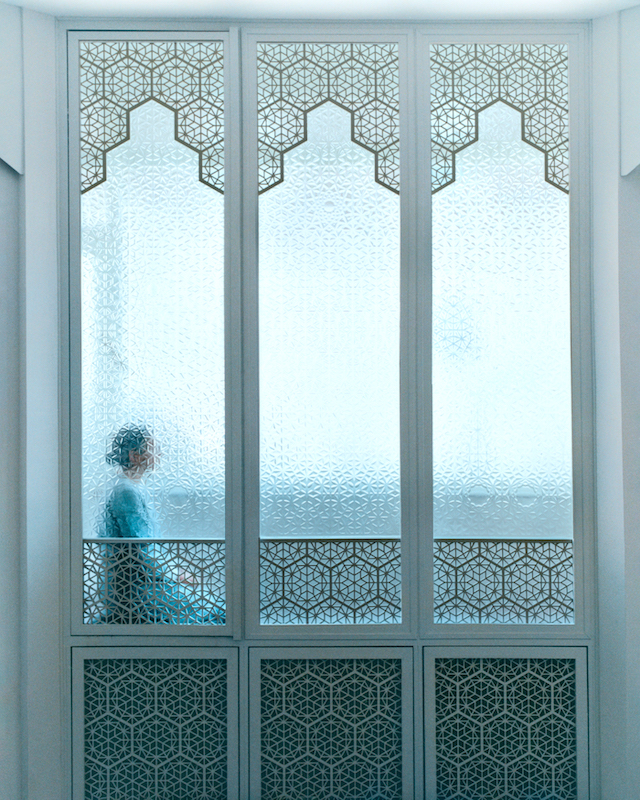
What inspired you to start working on this project, why tell this story?
This project is one of the most personal ones to date, just because it is so closely linked to my background and highlights things I deeply care about. Growing up Sufi in the West meant that nobody around me knew anything about my practices and community. My aim has always been to spread more knowledge and highlight the practices, traditions and people I grew up with, challenging Western media’s harmful stereotypes by portraying
the Muslim community in a much more authentic and nuanced way. I was extremely inspired and touched by Nevine’s beautiful work and the space she designed and was even more so struck by how empowered and committed she is as a person. During her doctoral studies, she developed a methodology for designing transformative contemporary sacred spaces through creating the School of Sufi Teaching, a Sufi community centre in Bethnal Green where members of the Naqshbandī-Mujaddidī Sufi order regularly meet to pray, meditate and practice together. Nevine reclaimed the transformative power of sacred geometry, calligraphy, symbolism and understandings of light in the Quran to underpin and inspire the design of the space in order to support practitioners to turn towards the inner self, preparing them for meditation. This series is as much a celebration of Nevine as a person, as it emphasises and explores the beauty and transformative power of sacred Islamic art and architecture as well as Sufi practices and traditions. I believe it is truly important to tell this particular story as it gives insight into a widely unknown aspect of Islam, whilst at the same time exploring one woman’s intimate spiritual practice.
Traditionally, the majority of religious and spiritual figures are male, and architecture is still a very male dominated industry, so I really love how Nevine breaks all those stereotypes, setting an example of an empowered yet religious woman.

What was the creative process like, did you spend much time with Nevine? Where did you shoot etc.?
Nevine and I met at the community centre and she showed me around the space as we got to know each other better. We hadn’t met before so we talked about loads of different things whilst shooting. It turned out that Nevine and I share a lot of common interests and I could’ve stayed there forever just talking about our experiences, aims, practices and inspirations. I felt an instant connection to her because both our creative practices have very similar aims and goals, Nevine explores and pursues those through architecture whilst I use photography as a medium. I had prepared a few shot ideas in advance and Nevine had many ideas of her own so we just experimented and tried out different things throughout the day. A lot of the shots just emerged from her telling me where and how she usually practices within the space. Portraying Nevine’s intimate rituals felt a bit
like coming home, it brought me back in touch with the sacred traditions
of my upbringing. I’ve always wanted to show how meaningful and peaceful Sufi practices are and I guess this project is a first step in that direction. It was probably one of the most wholesome and effortless shoots I’ve done to this date. Everything seemed to just fall into place and the serenity of the space really infused the whole experience with peace and calm.
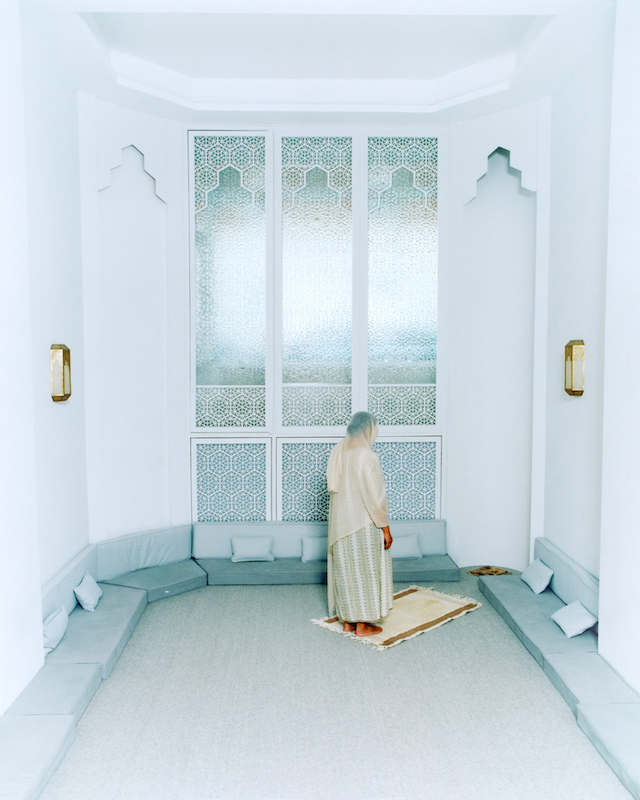
Can you pick out a couple of favourite images and talk me through them?
In Islamic culture, sacred geometry is believed to be the bridge to the spiritual realm, the instrument to purify the mind and the soul. Many spiritual and miraculous concepts are represented in the geometrical patterns, oftentimes acting as windows into the infinite, reminding of the greatness of Allah.
Nevine in meditation. Sufi practitioners regularly observe Murāqabah (arabic, translated ”to observe”). Through Murāqabah a person observes their spiritual heart and gains insight into the its relation with its creator, developing a personal relationship with Allah through self-knowledge and inquiry.
Tasbih is a form of Dhikr (arabic, translated “remembrance”) in which specific phrases or prayers are repeatedly chanted in order to remember God. The phrases are repeated 99 times, using the beads of the Subha (Muslim prayer beads) to keep track of counting.
Nevine praying Zuhr, one of the five daily Islamic prayers, facing the Qibla, the direction of the Kaaba in Mecca.
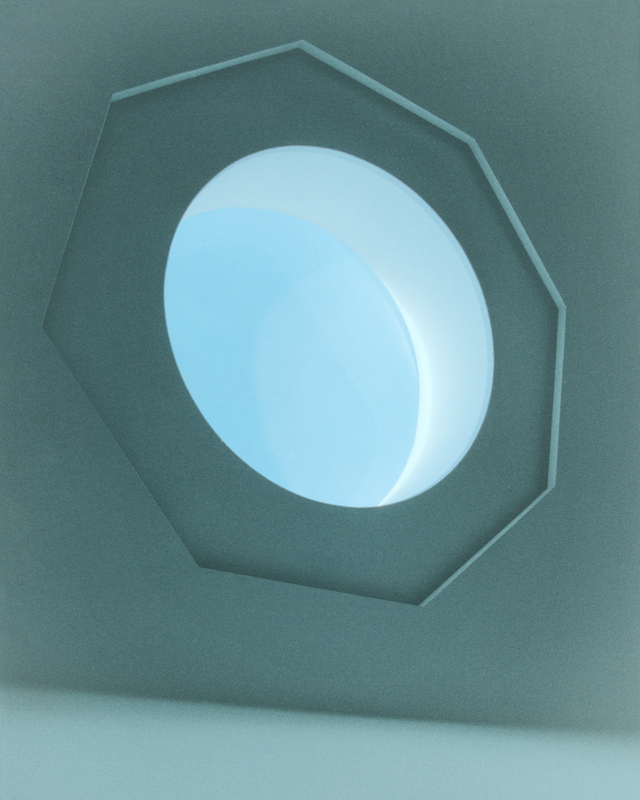
How do you hope your audience will respond to this project?
I really hope this project gives insight into a community and practice that is usually quite mystical and secretive. My own Sufi order is a very close-knit community but at the same time, it’s quite isolated. I always thought that it was such a shame to keep the culture, community and practices so hidden from mainstream society. I would really love for the series to open the doors a little bit, allowing a glimpse of the beauty, depth and serenity of Sufi traditions and Islamic art. I also hope Nevine’s sincerity, passion and dedication in creating a space that supports spiritual development comes across in the imagery. She is a truly inspiring and empowered woman who’s story deserves to be told.
What’s next for you?
I feel like this project really opened my eyes and made me realise how passionate I am about the subjects it touches upon. I’ve decided to make this an ongoing personal project of mine, exploring women and non-binary people who use their creative practices as an extension of their spiritual ones. I’ve already shot another series with someone from a completely different background, using a completely different art form to connect to their spirituality and I’m very excited for that one to come out later this year. If anyone reading this is interested in participating I’d love for them to reach out to me!
